Barb Scholz is a leading energy medicine practitioner in this region, highly respected by other energy medicine practitioners, and deeply valued by her clients. Born in Lansing, she moved to Ann Arbor when she was 14 years old and has stayed here ever since. She refers to herself as a Modality Museum, and rightly so. Over the course of her life, she has practiced and become immersed in yoga, aromatherapy, essential oils, homeopathy, craniosacral therapy, massage therapy, acupuncture, energy medicine using Donna Eden’s method, and more.
Ann Arbor Healers: Staunch Stress, Seal Serenity
By Marie Noelle Duquette
I hurt my leg in mid-September while running with my dog, Nala. The air was cool, autumn-fresh, and Nala and I were enjoying our evening walk. I felt so strong that I broke into a light jog, without stretching. I am 61 and not a runner.
About 50 yards into the run, I felt a pull behind my left knee. I slowed to a walk, thinking to myself, “There is no way that itty bitty burst of energy caused anything as serious as a sprain or heaven-forbid tear.” Still, my skin behind my knee was hot, the pain was real, and I quasi-limped home.
After wearing a brace on my knee for weeks, icing it daily, stretching it carefully, and getting an ultra-sound to rule out more serious causes, the pain behind my knee persisted. While researching therapies for leg injuries near Ann Arbor, I stumbled upon the Neurofitness Center website. Their website was convincing. I made an appointment to try everything they offered: Neurofeedback, the Salt Room, the Float Tank, and Cryotherapy.
My partner and I first went to Neurofitness to experience a Neurofeedback session and the Salt Room. Jack Lark greeted us upon arrival. Knowledgeable and engaging, he would help us navigate the different therapeutic experiences. Neurofeedback, he explained, was a therapy in which he would attach a couple of electrodes to my ear lobes and one at my temple. Next, I would put on a comfortable pair of headphones—the kind with soft padding that cover one’s entire ears. Then I would sit in a comfy chair and listen to a recording of meditative music infused with nature sounds such as birdsong, steady rain, and wind rustling through trees. The recording was enchanting. It was easy to close my eyes and give my mind over to what I was hearing. Periodically, the music would skip, like a less-annoying skip of a record that self-corrects and lasts only a second. The ambient recording draws one’s auditory focus—the skips are triggered anytime one’s mind wanders beyond the music and birdsong. At first, the skips happened frequently. Soon, my focus on the audio became steadier and the skips were less frequent. The Neurofeedback session was like yearning to hear a beloved, melodic voice that is almost beyond one’s hearing. I stilled my body and leaned into the strings, rain sticks, flute, waterfall, and windchimes. By the time the session ended, I was ready to book a weekly session, my relaxation was so complete. Lark told me that Neurofeedback was a form of practicing mindfulness in a way that required less effort and more receptivity. As one who struggles with keeping my attention in the here and now, it succeeded beyond my hopes.
If the Neurofeedback session was like yearning to hear a beloved, melodic voice the Salt Room was akin to sitting on a beach, inhaling fresh air. The Salt Room at Neurofitness is lit by infrared lights and is big enough for two people to sit in comfortably. The Himalayan salt is so deep on the floor that it looks like a remote beach of fine sand you can dig your toes into. Salt bricks are laid into the walls and a PVC pipe in the corner emits a burst of fine salt spray into the room every eleven seconds. Upon entering, I removed my shoes, pushed back in one of the zero-gravity chairs, and closed my eyes to focus on my breathing. I quickly fell into a meditative state and the half-hour session slipped away unnoticed.
The next day we returned to float. We had both enjoyed float tanks in the past and were familiar with the drill: enter the room, shower, enter the float tank, and either close the lid, if you are in the egg or turn out the lights if you are in the non-covered tank. Music plays if you are in the open tank, or you can float in absolute silence in the egg. In both tanks, you float in darkness that envelops you so completely that you cannot see the walls, the water, or your own wrist in front of your face. The complete lack of visual stimulation enhances one’s sense of touch so that the salt water, which holds you up without effort, feels like a cradle, the warm water giving a sense of being in a womb—a protected space created for your own nourishment and rest. A gentle recorded voice interrupts your reverie when the hour is drawing to an end. After floating, the colors and lights and sounds outside are more vivid and distinct. There is a newness to the world as if your very eyes have been cleansed—your senses reset.
On Monday, I returned to Neurofitness for the scariest offering: Cryotherapy: standing, with minimal protective outerwear, in a sub-zero chamber for three minutes. Cryotherapy has been used for decades in Europe and Asia to promote athletic recovery. From the Neurofitness website, I read, “The use of liquid nitrogen in a safe and controlled environment provides a gentle but significant amount of cold exposure. The extreme cold stimulates the skin’s temperature receptors to activate the nervous, immune, and endocrine systems, leading to a reduction in inflammation and pain (hey athletes—this means quicker recovery!), elevating mood, and increasing energy. Clients often tell us they feel relief of symptoms including muscle soreness, arthritis, chronic pain, and inflammation.”
Lark, our guide at Neurofitness, was particularly helpful for my Cryotherapy session. He explained that the sub-zero temperatures would not feel quite as cold as I might expect, because it was a dry cold, not the wet cold that we know from Michigan winters. The Cryotherapy chamber looks a bit like a blue hexagon-shaped phone booth. The floor of the chamber is adjustable by adding soft, uniform pads that fit perfectly in the chamber’s footprint, so that no matter your height, your head is not enclosed in the chamber. Lark gave me special socks, shoes, gloves, and a robe and excused himself until I was ready. When he returned, he assured me that I was in control. Once in the chamber I could opt to remove the robe and at any time, or I could ask him to let me out. Still, he urged me to embrace the experience and try not to focus on how cold I felt. “That way, you’ll get the most out of doing it,” he said.
Once inside the chamber, I was not brave enough to drop my robe. The cold was not as sharp as I expected, but neither was it as comfortable as the other therapies had been. I endured the entire three minutes, trying to focus on the benefits. I emerged feeling like a victor. Immediately after Cryotherapy, I felt hungry, and then tired. As the evening wore on, and the new day dawned, I noticed that the pain in my leg was considerably subdued. I could still feel a dull ache where the sharp pain had been, but that continued to lessen in the days ahead. It has been two weeks since I braved the sub-zero Cryochamber and my leg has yet to hurt at the level of pain I endured before the experience. In fact, I’ve not worn my knee brace once since the big freeze. I’m going back for another session today, to continue the full healing of my leg, and to see if Cryotherapy will help heal two toes that I bruised badly yesterday when I wrapped them around a square, wooden chair leg.
Neurofitness is an extremely clean facility. Lark is a helpful guide whose sense of optimism and wonder is infectious. The entire environment underscores that restorative healing and stress-relief is more than a nice occasional treat. It is something we need as much as medications, fresh food, and deep sleep. The therapies offered at Neurofitness act like boosters that enhance other healing practices. They helped me find a place beyond the trauma of life in which restoration of my body, mind, and spirit, is both inviting and efficient.
In my first visit, I commented to Lark that I was pleased that Health Savings Account and Flexible Savings Account dollars offered by many insurance companies could be used for all their therapies. He said, “Of course! We are a health care center.” Indeed.
Neurofitness is located at 6360 Jackson Road Suite A in Ann Arbor. To learn more or make an appointment, call (734) 206-2012 or visit them online at https://neurofitcenter.com.
Related Content:
From Nature to You--Remedies for PMS and PMDD
Every month, I know when it's that time in my menstrual cycle: the time to cue up sad movies and bust out the dark chocolate. There are signs my luteal phase has arrived, and it used to make a grand entrance, but I learned ways to dampen its arrival.
Sustainable Health: The Seven Steps Blueprint for Optimal Health
Over the 29 years of studying and practicing nutrition, I have developed a seven-step blueprint for optimal health. My expectation is that patients will start to experience positive physical changes within a few weeks when following this regimen. As an example, I just helped a patient reverse her terrible heartburn 100% and get off the prescription drugs in four months.
Compassionate Depossession and Curse Unraveling
Over the years, whenever something began showing up in my work with clients, I always looked for more information to address the issue in a knowledgeable, grounded way. That’s how I got into animal communication; that’s also what brought me to Betsy Bergstrom, a shamanic expert who has developed unique training in curse unraveling and compassionate depossession. A part of the training includes psychopomp, psycho from the Greek for “spirit” and pomp meaning “to accompany.” Basically, helping a person or animal to prepare for the transition to have a good death and a good crossing over.
Sustainable Health: Enhancing Detoxification-- A Path to Lifelong Wellness
The idea of enhancing detoxification to improve health has been known and practiced in the natural healthcare community for decades. Herbs, saunas, activated charcoal, juicing, and body wraps are just a few of the ways practitioners and patients have sought to rid the body of toxins and waste more efficiently. These different approaches have gone in and out of fashion, and with the advent of social media you can find any number of people claiming they’ve got the perfect shake, supplement, or potion for everyone to achieve a cleaner body. Let’s face it, some of them are scams, but the theory is sound—help the body detoxify and you’ll have more energy, clearer skin, better bowel elimination, and avoid chronic illness later in life.
Sick of This — Understanding Long Covid and Local Resources for Recovery
Nearly three years after SARS-COV2 emerged, we are coming to realize that acute Covid-19 disease is, for many, only the first phase of an ongoing health challenge. For a large percentage of people who have had Covid, fatigue and other symptoms last for months or even years after the initial infection. Officially known as “Post-Acute Sequelae of Covid-19 (PASC)” or “Post-Covid Conditions (PCC),” this constellation of lingering symptoms is commonly known as “Long Covid.”
Healer of Ann Arbor: When is a Massage Not a Massage?
Lisa Teets is a local Bowenwork healer, Tai Chi instructor, and fan of wellness modalities in general. I met her in a local Tai Chi class several years ago, and we hit it off. As many of us struggle with stress into year three of the pandemic, I wanted to learn more about her primary modality—Bowenwork—to ask what makes it different from a massage and how people might know if they would benefit from trying it.
The New Context of Essential Oils
Take a moment to imagine a beautiful rose garden. Notice your surroundings. Feel the sun warming the surface of your skin, as a gentle breeze dances by. Listen to the sounds of nature around you. The leaves on the trees sway in the breeze. Birds off in the distance. A sense of stillness within the activity of nature.
Mind and Spirit — A Return to (Psychedelic) Plant Medicine
If you live in America today, you might have noticed a mental health epidemic unfolding. While debate rages over the cause of the decades-long upswing in depression, anxiety, and PTSD, one thing is clear: most of us know at least one person who has been, at some point, dangerously depressed. Worse still, we probably all know someone whose depression has not responded to first-line medications like SSRIs.
Sustainable Health: Ask for Help!
The weeks and months after my first child was born were some of the most difficult I have ever experienced. I was depleted from blood loss, and it felt like all the nutrients in my bones and muscles were being concentrated into the growing baby and breastmilk. For the first few days, my husband carried me down the stairs. He changed every diaper for the first month. However, the sleep deprivation, the intense emotional changes, and continual nutritional depletion converged to bring me to a point of stress in my system I was unprepared for and had little facility to manage.
Healers of Ann Arbor: Acupuncture with Dr. Cynthia Esseichick
You can try a new type of massage or read a chiropractor’s online reviews, but how do you really know when a healing modality is right for you? Columnist Laura K. Cowan goes in depth with local healers to give you a behind-the-scenes look at what they really do to help people relax and heal.
Bowenwork for Gentle Healing
I had been suffering from neck and shoulder pain for many years due to a car accident. Although weekly chiropractic and massage helped, my problems never fully resolved. Over the years I tried many healing modalities with no lasting relief until a friend suggested I try Bowenwork. I found a practitioner and gave it a try. Since I was used to vigorous massages, I was surprised with how little force was used with Bowenwork. After the second session, I started noticing some wonderful changes. Eventually, my neck and shoulder issues resolved, as well as other issues that I had not communicated to my practitioner.
Healers of Ann Arbor: Greg Knollmeyer Reflexologist and T’ai Chi Instructor
You can try a new type of massage or read a chiropractor’s online reviews, but how do you really know when a healing modality is right for you? Columnist Laura K. Cowan goes in depth with local healers to give you a behind-the-scenes look at what they really do to help people relax and heal.
Book Review: The Five Element Solution By Jean Haner
Author and teacher, Jean Haner, has carved out a unique niche for herself as an expert on Chinese spiritual methods, including: the art of Chinese face reading, the Nine-Star-Ki (a form of numerology), and Space Clearing. Her latest book, titled The Five Element Solution: Discover The Spiritual Side of Chinese Medicine to Release Stress, Clear Anxiety, and Reclaim Your Life was inspired by her clients who wanted more support after their sessions with her.
The Raindrop Technique
Essential oils—they’re everywhere! You can find them in the grocery store, home improvement stores, the mall, and even the gas station. Aromatherapy, with essential oils, is extremely popular right now. As the saying goes, “everything old is new again.” That’s truly the case with essential oils.
Plant Medicine and Magic
When people ask what drew me to herbalism, there are two stories that I tell. One is of my time working in the Mojave desert, where my boss—a botanist by training—would point out various native plants and tell me snippets of how the indigenous people of the area used them for food or medicine (he always spoke of this in the past tense). For him, it was an interesting tidbit of information, but I thought, “couldn’t we still?” This story is true, but the deeper truth goes back many years, to my childhood.
From Nixon to Michigan: A Brief History of the Legalization of Acupuncture in the U.S.
Which state do you think was the first to legalize the practice of acupuncture? You are probably thinking California, right? Or maybe New York? Did any of you guess Nevada?If you got this question right, then perhaps you happened to have been living in Carson City, Nevada in the spring of 1973 and saw the line of patients with canes and wheelchairs waiting outside a hotel across the street from the state legislature.
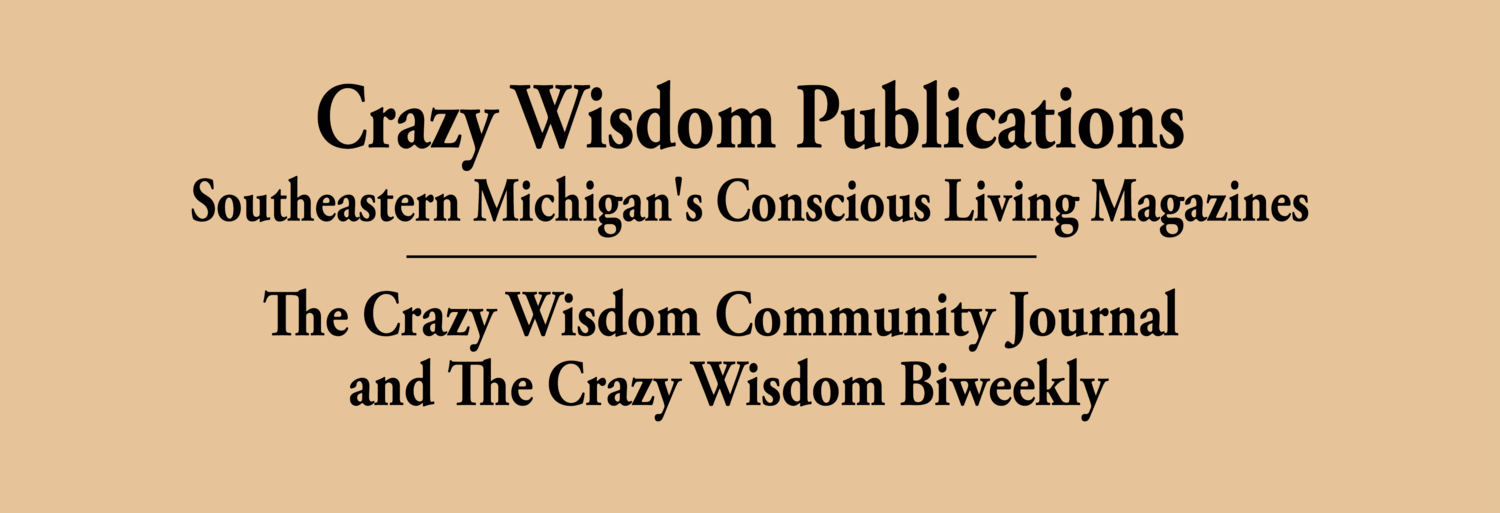








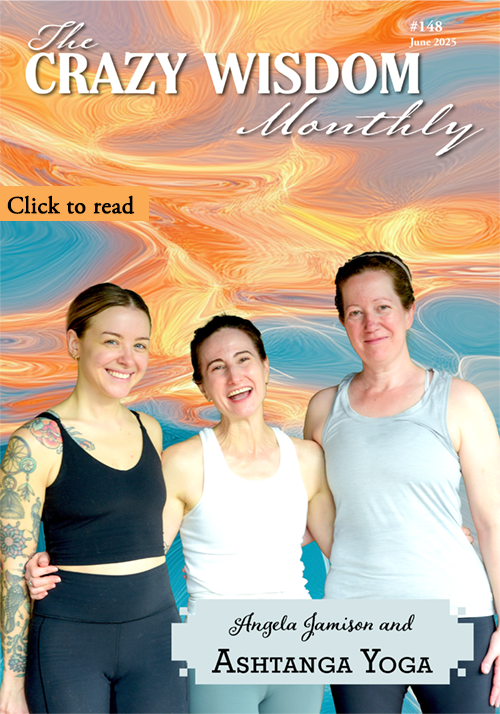
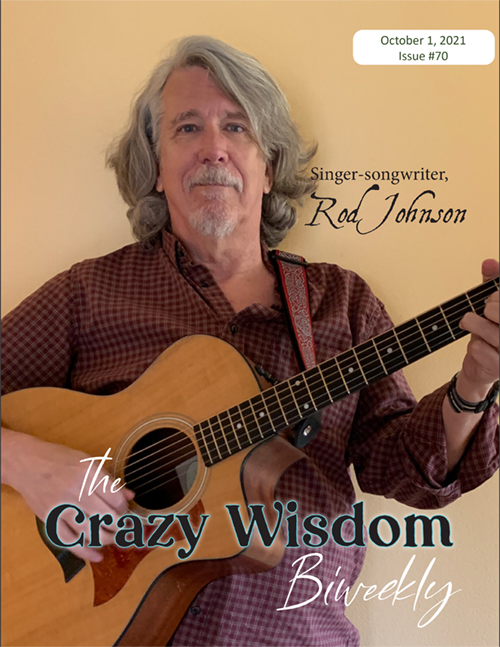
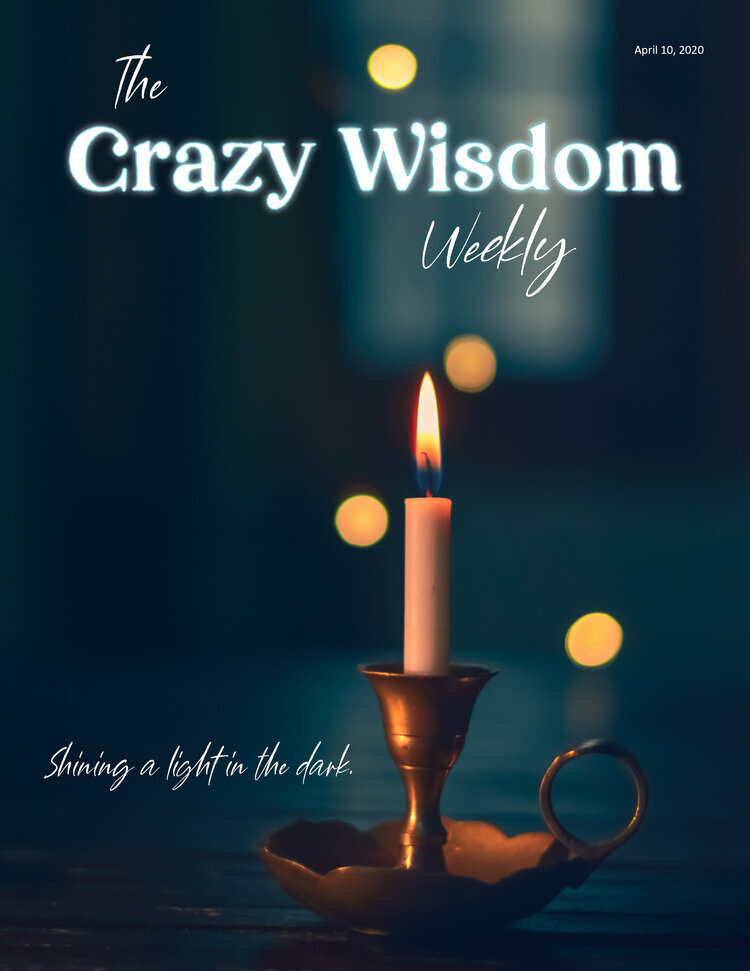
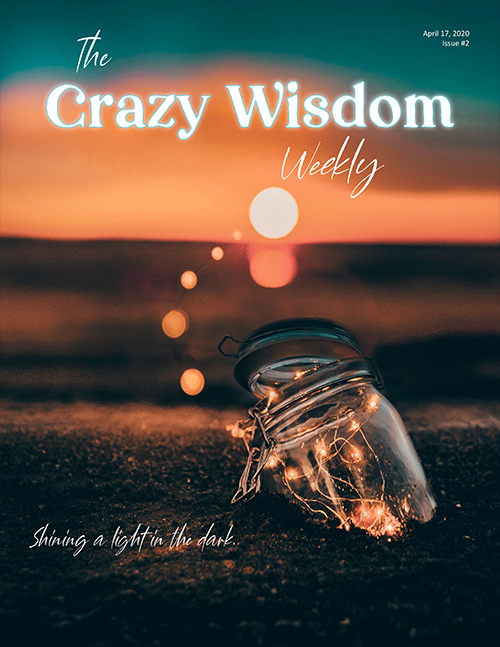
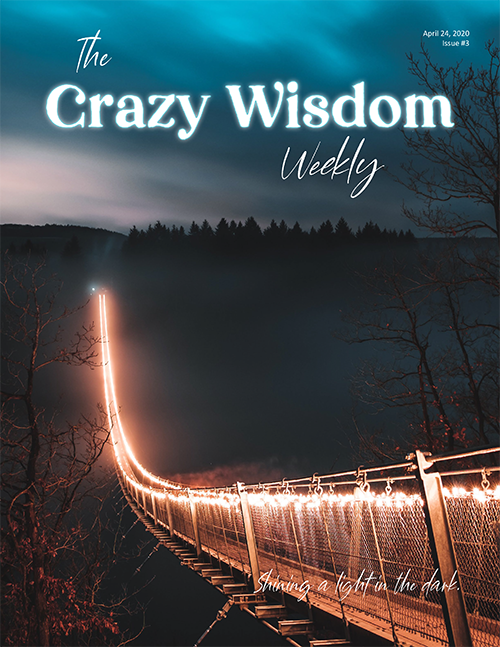


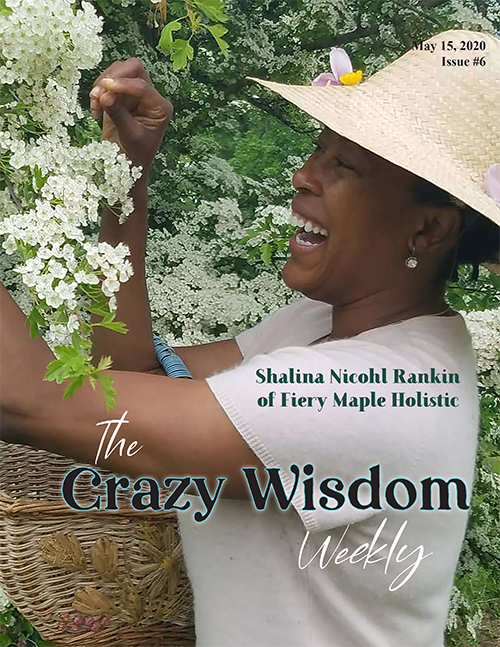
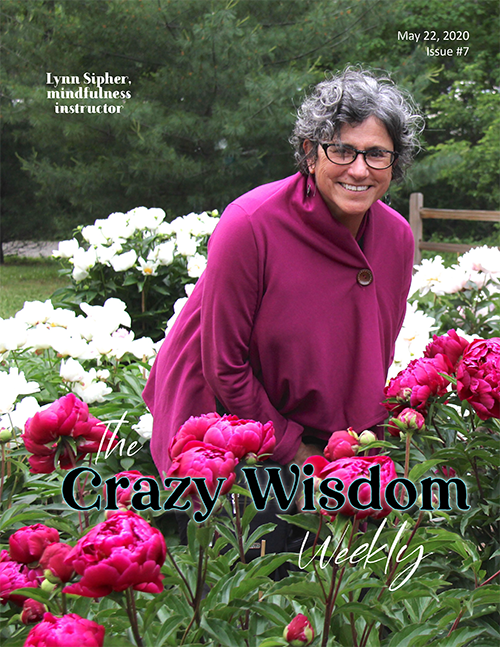
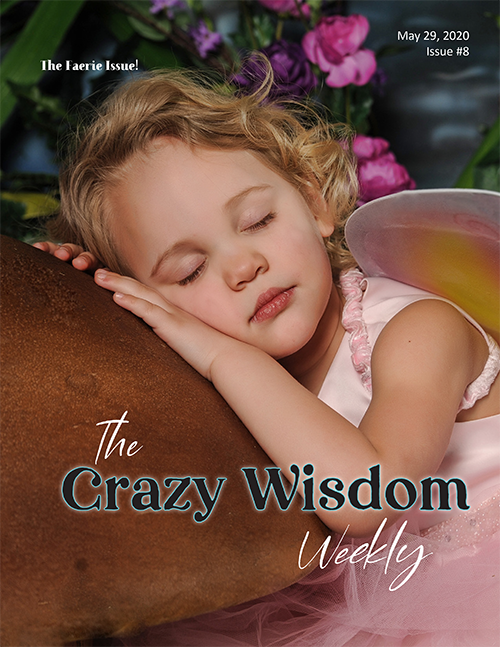
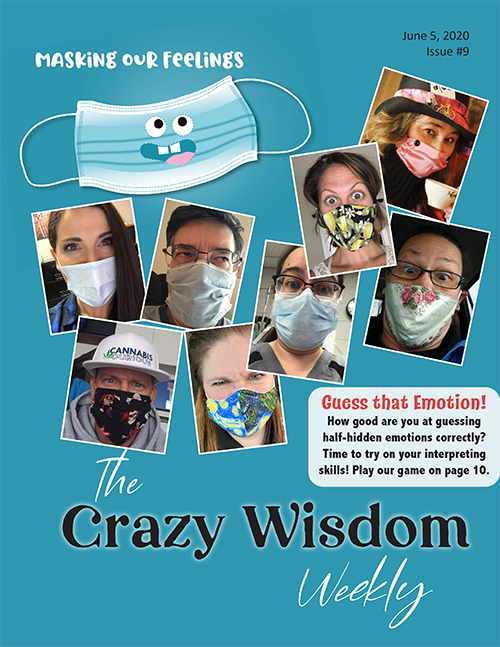
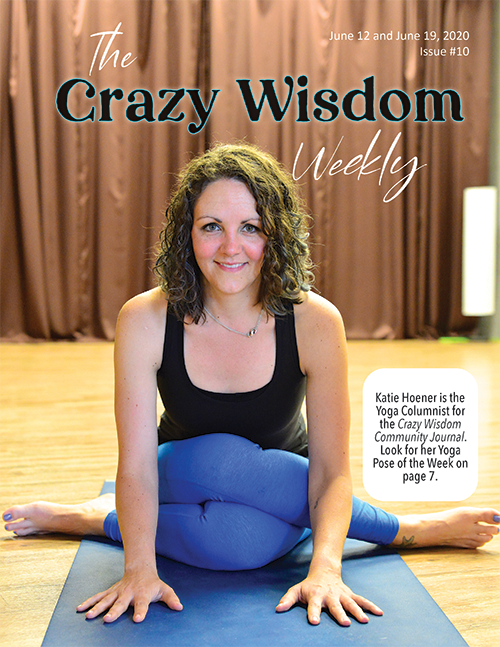
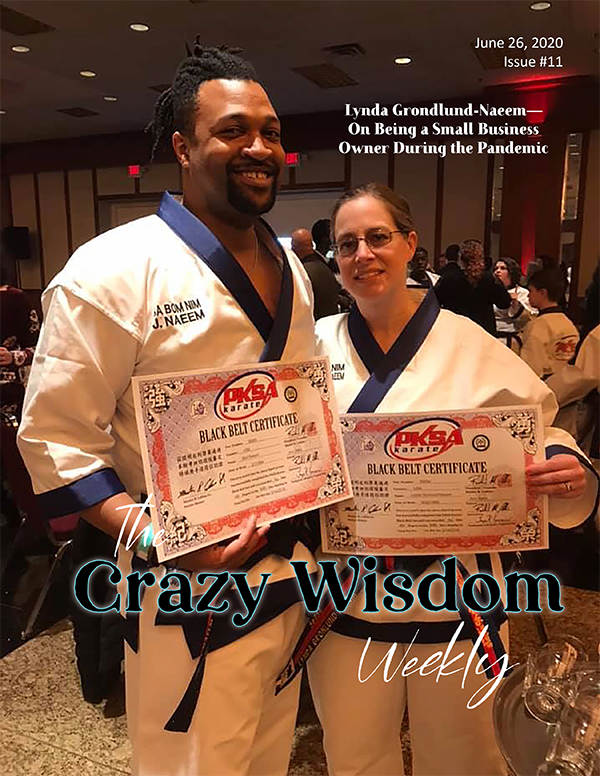
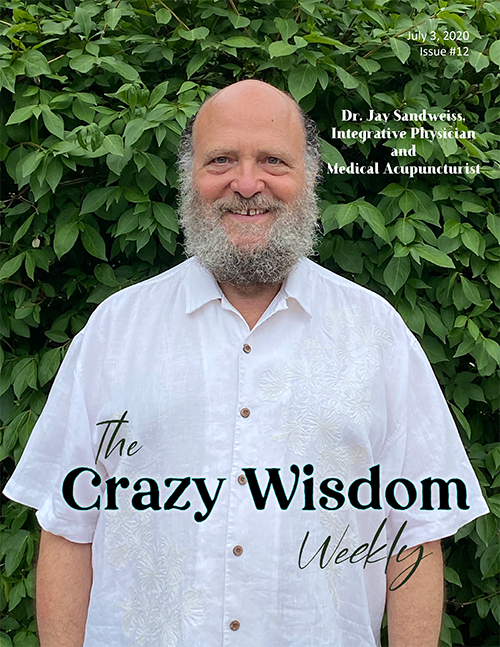
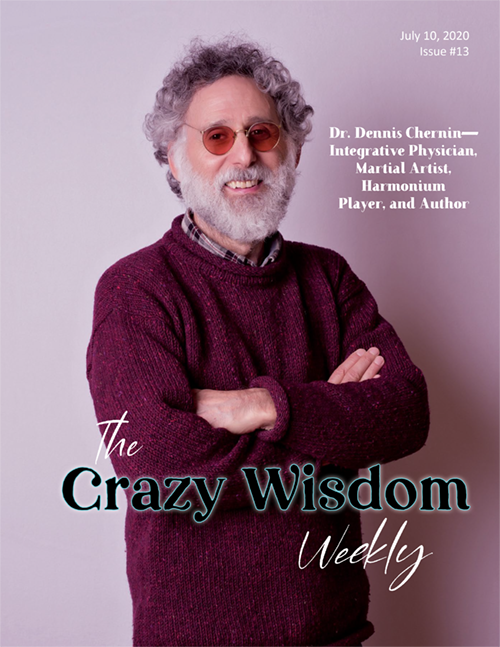
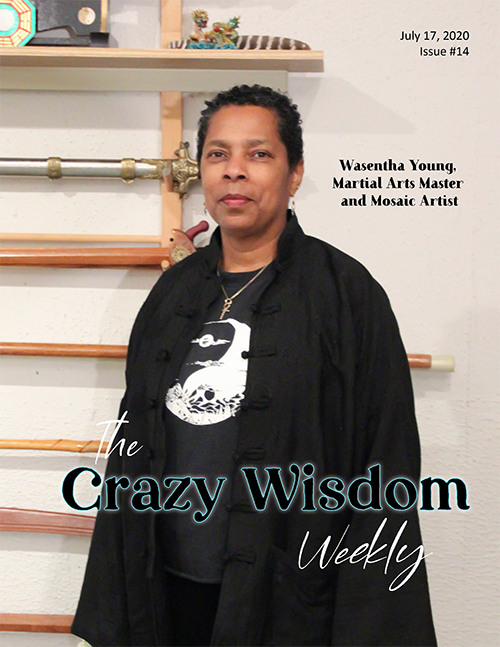
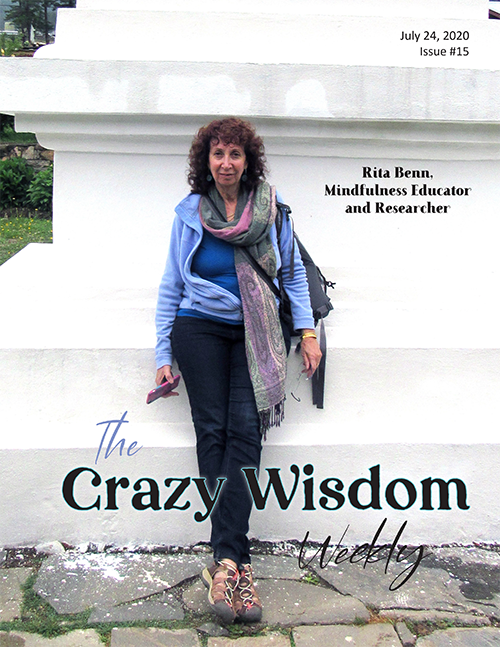

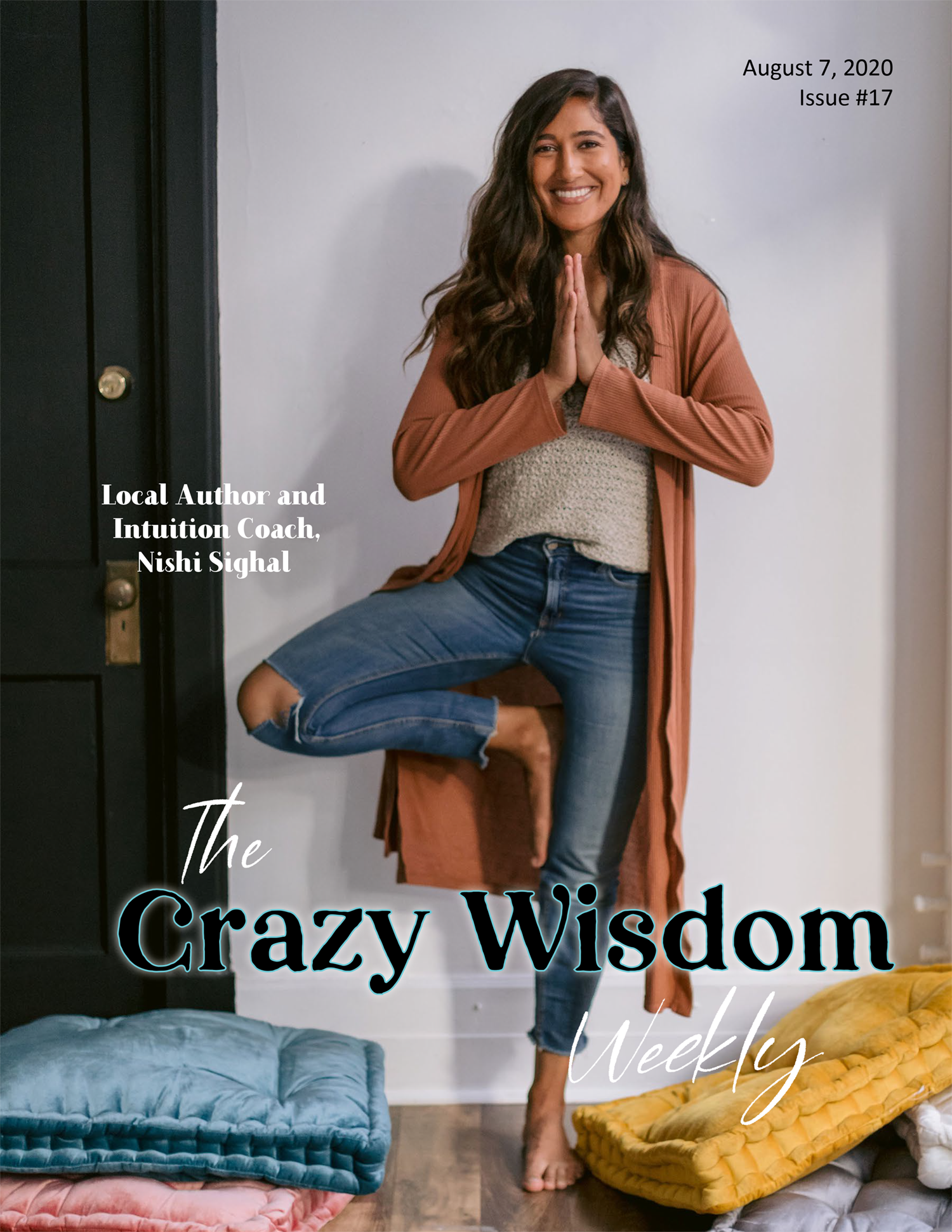

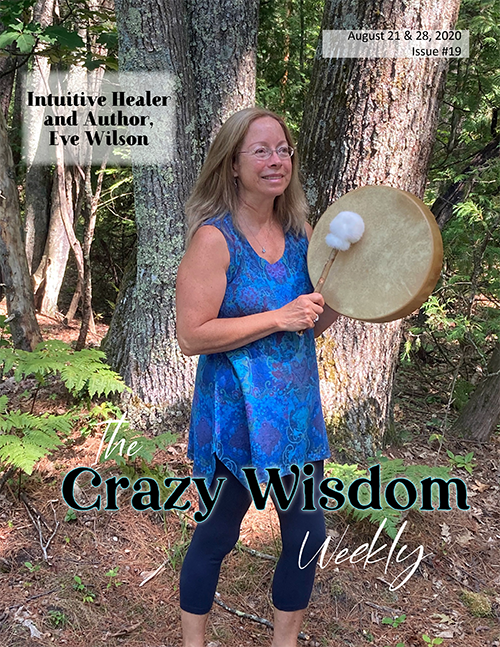

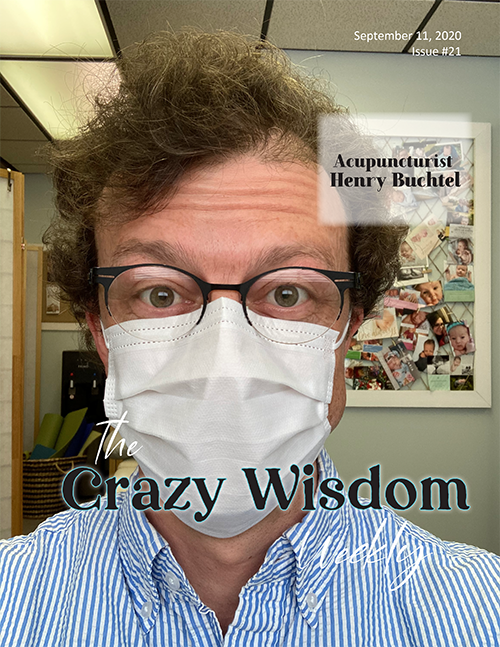

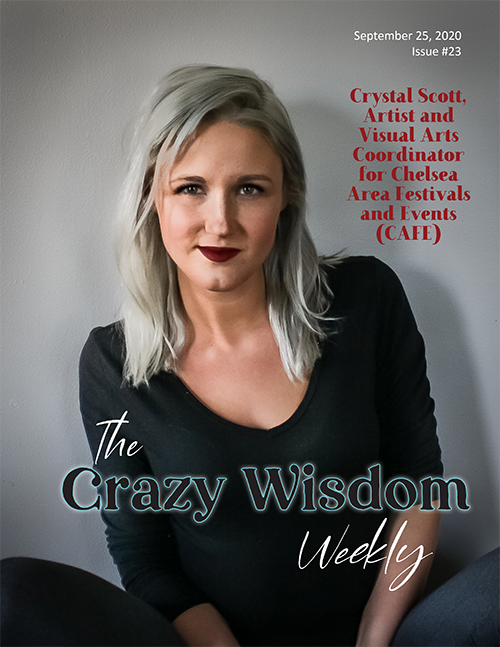
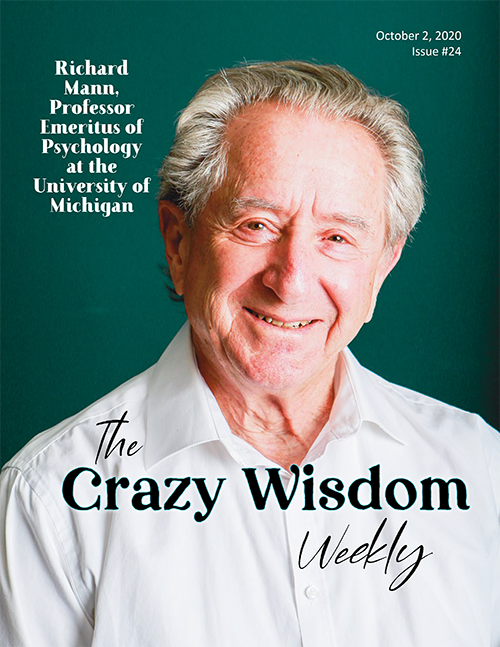
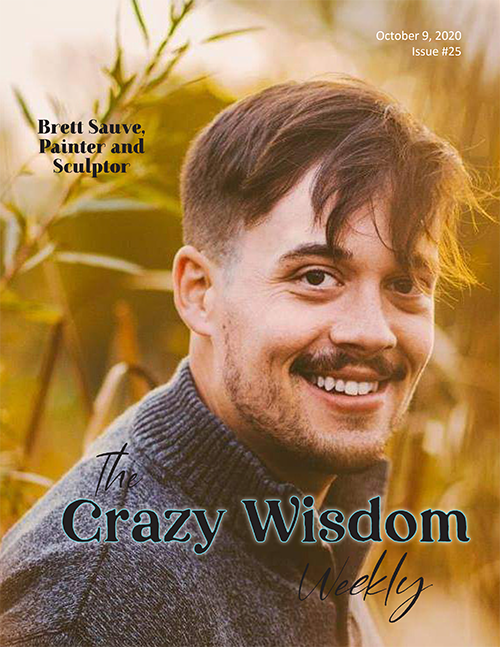
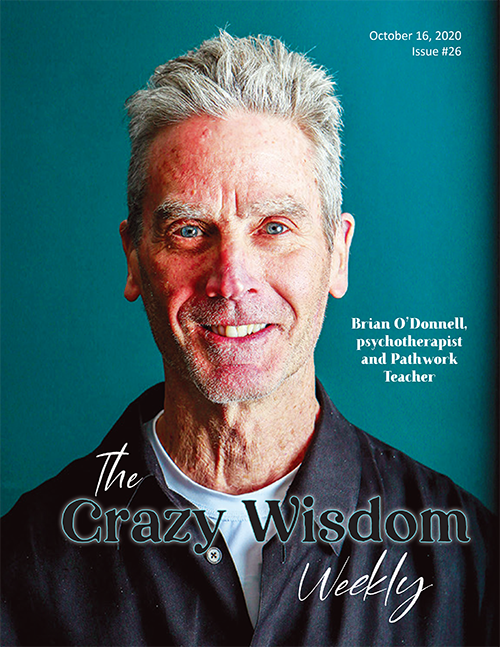

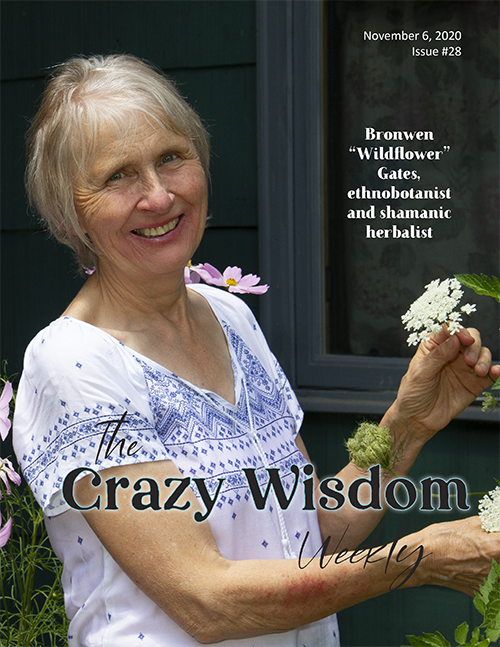
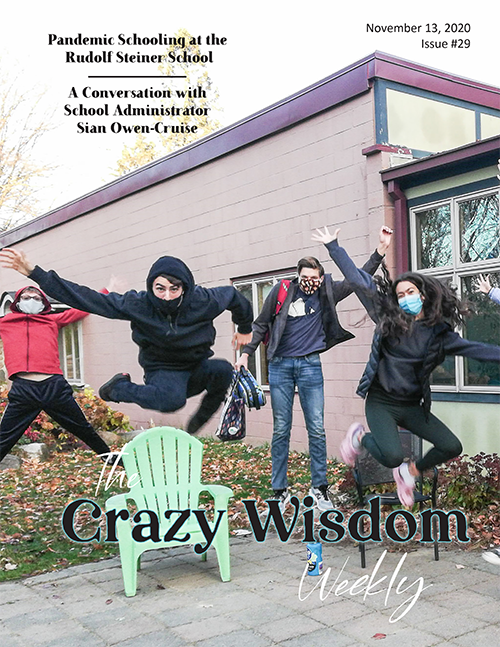
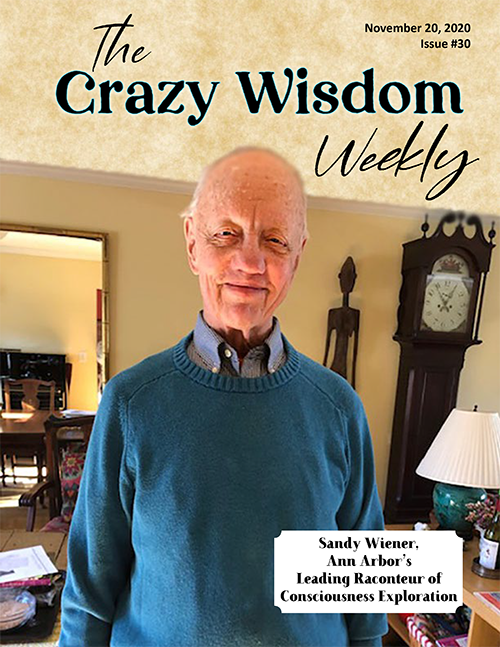
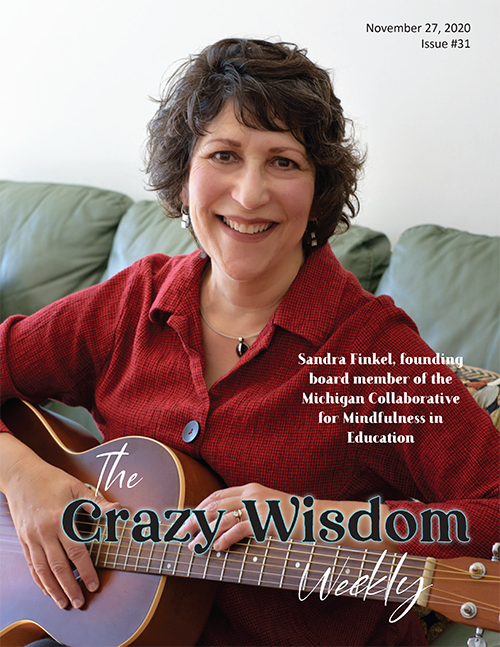
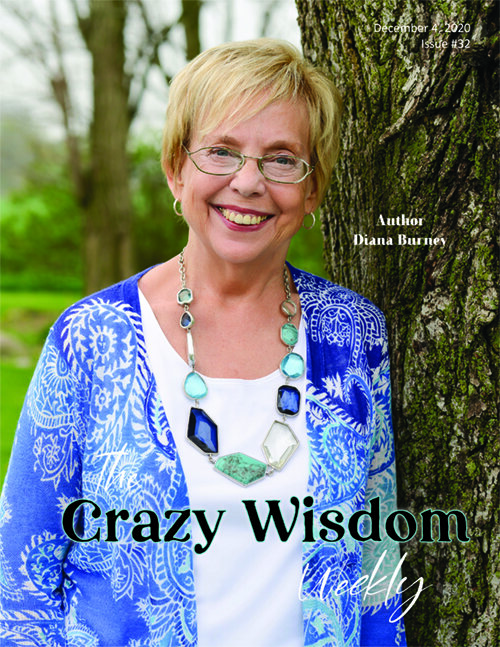

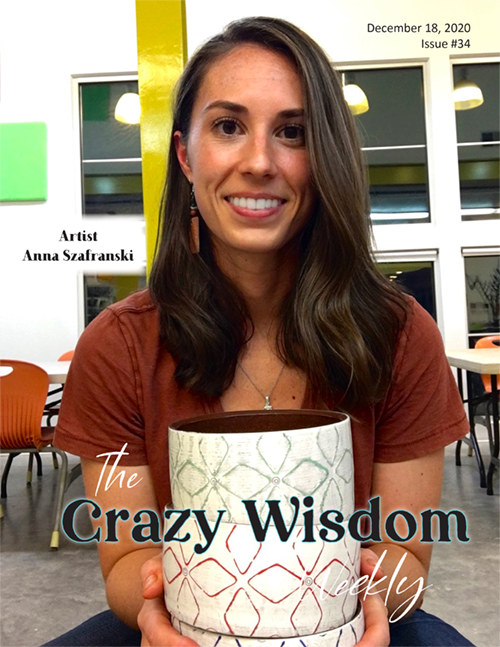
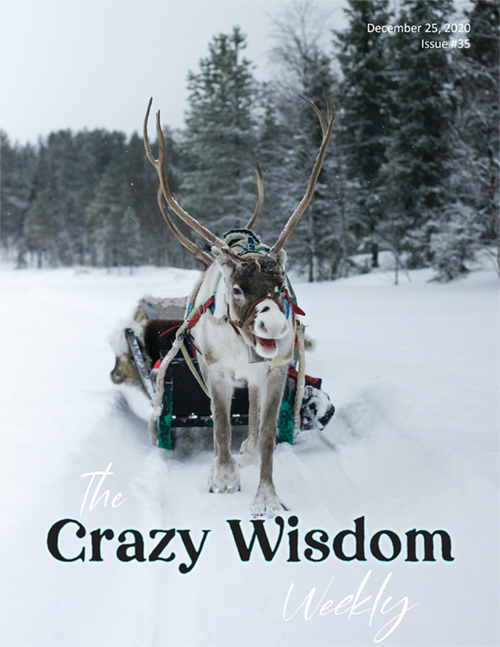
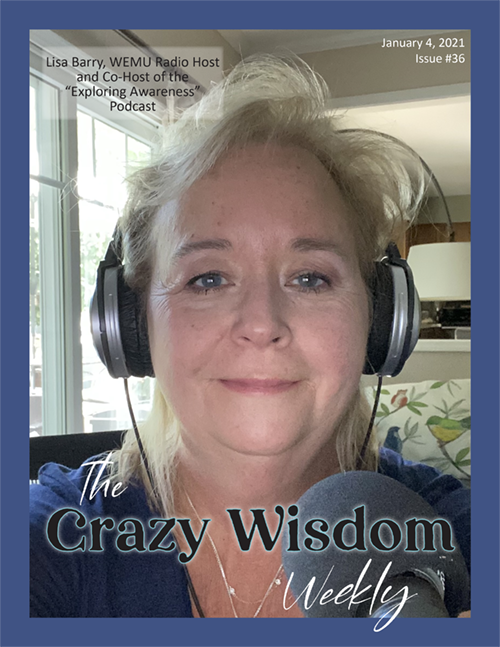
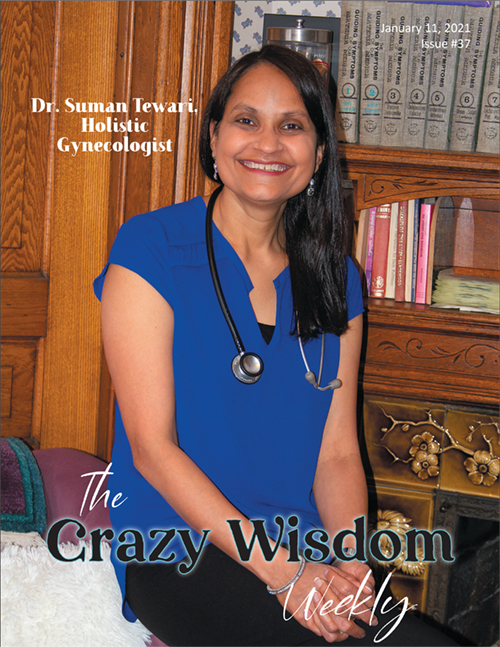




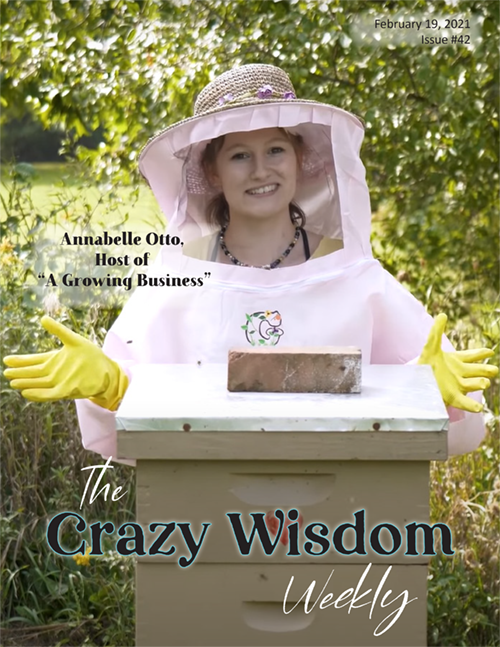
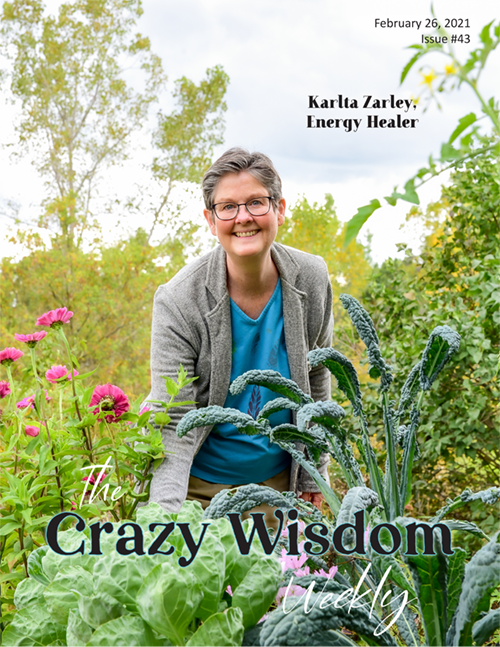
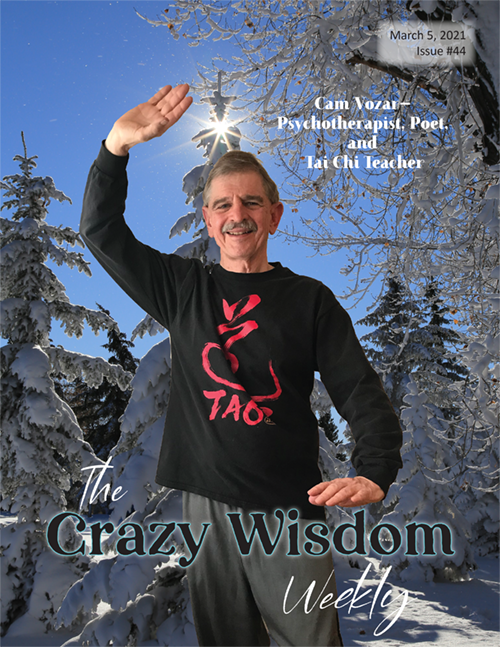

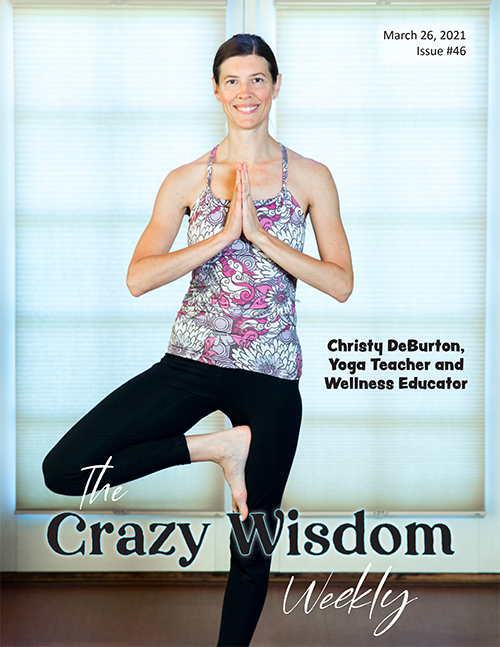
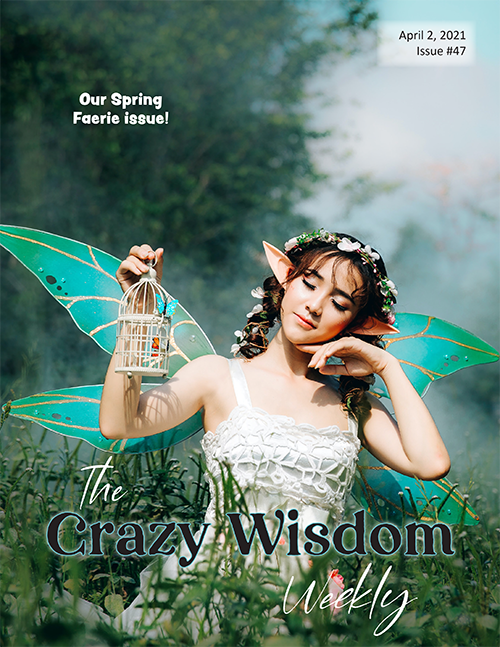
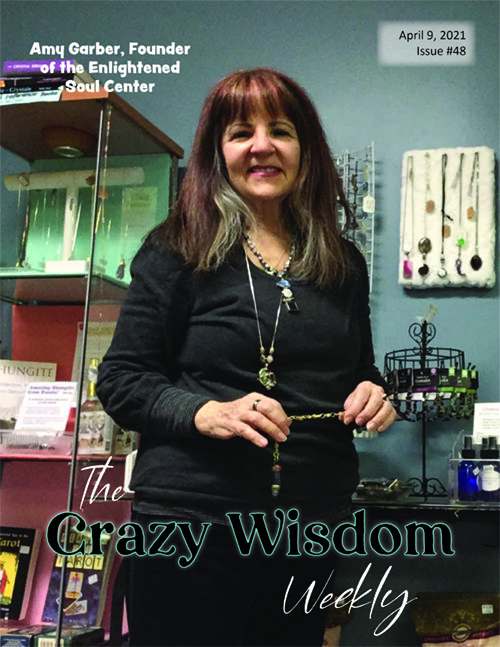

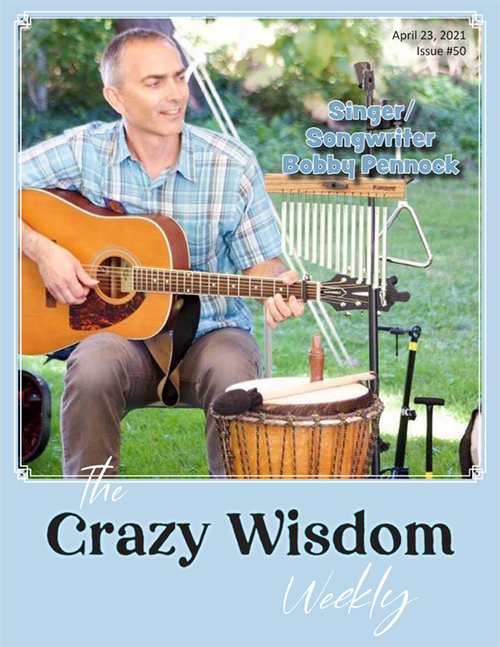
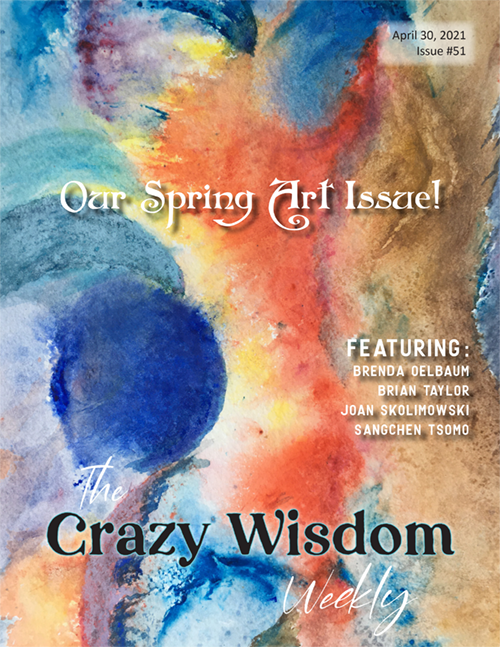
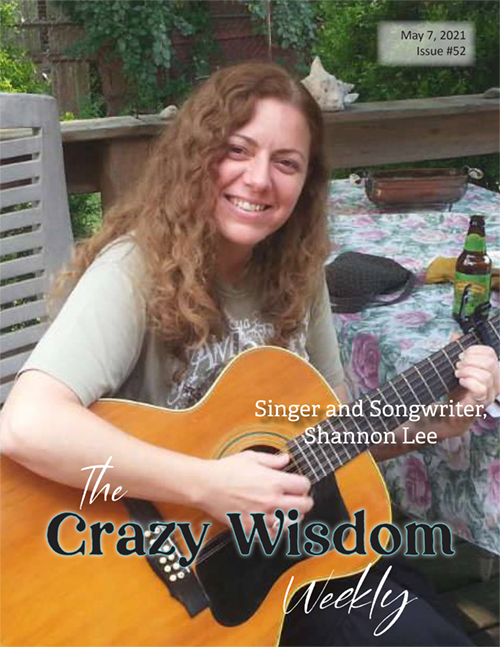


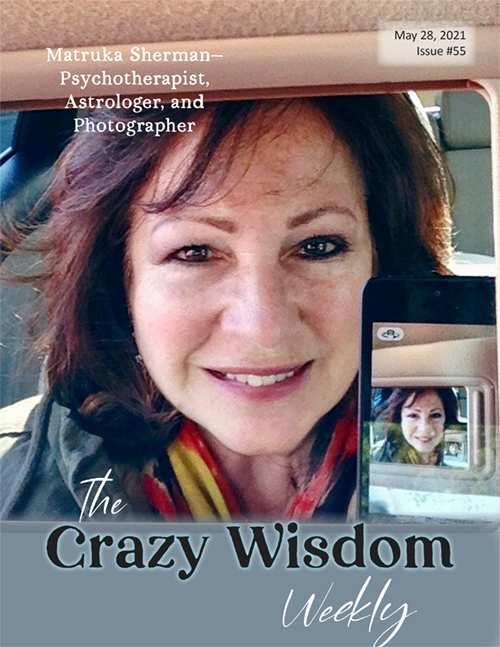
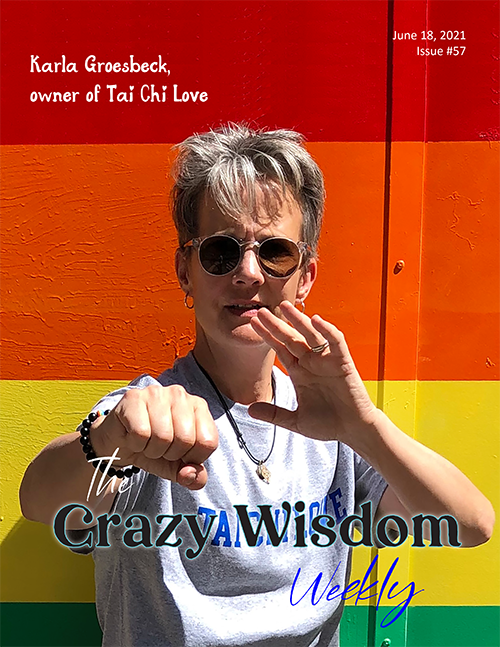
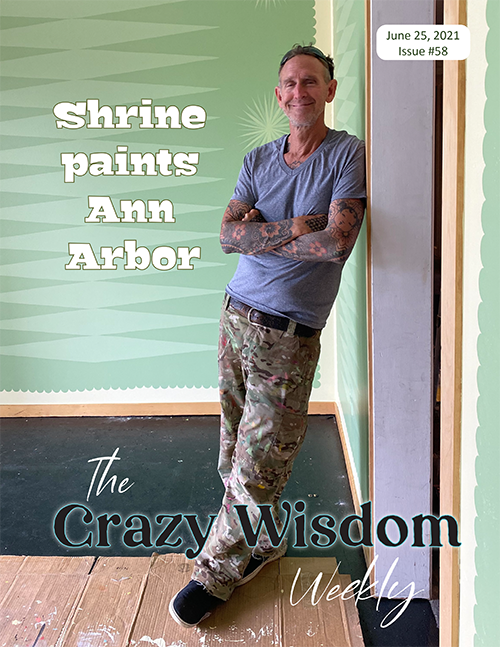
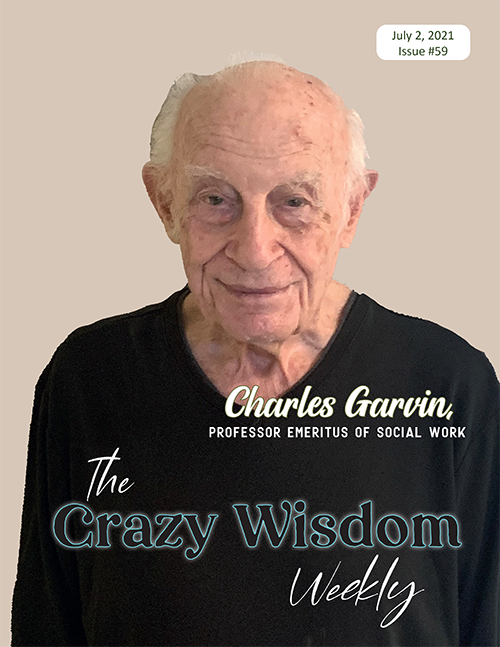
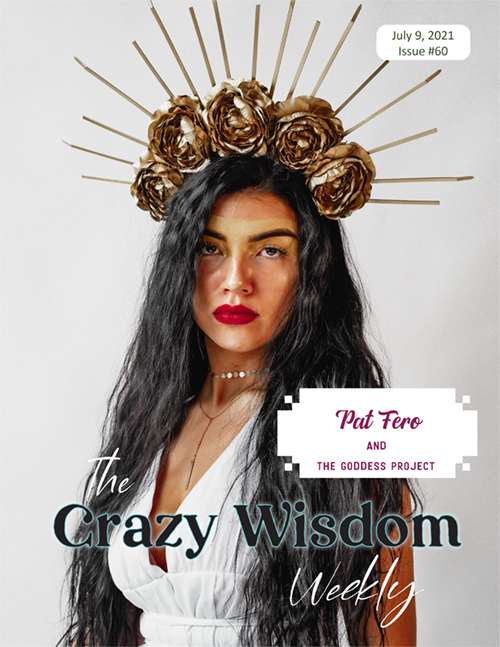
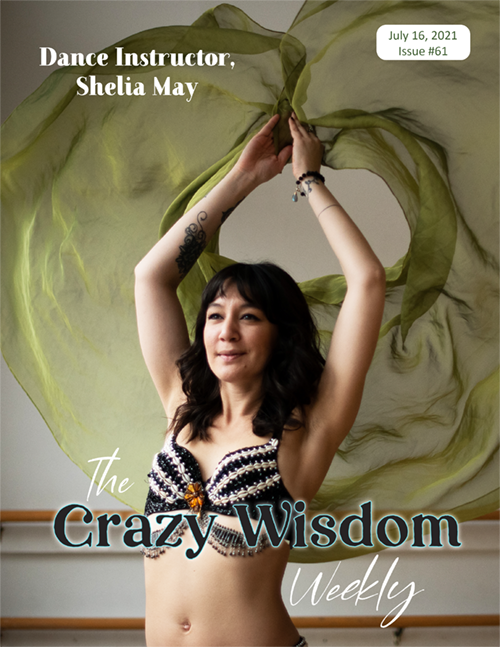

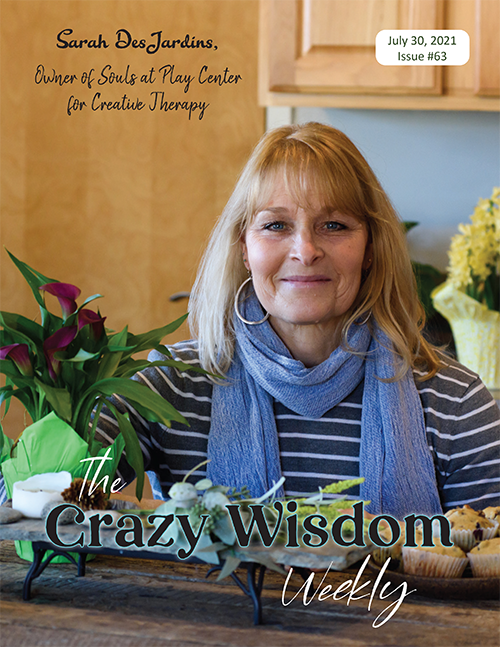
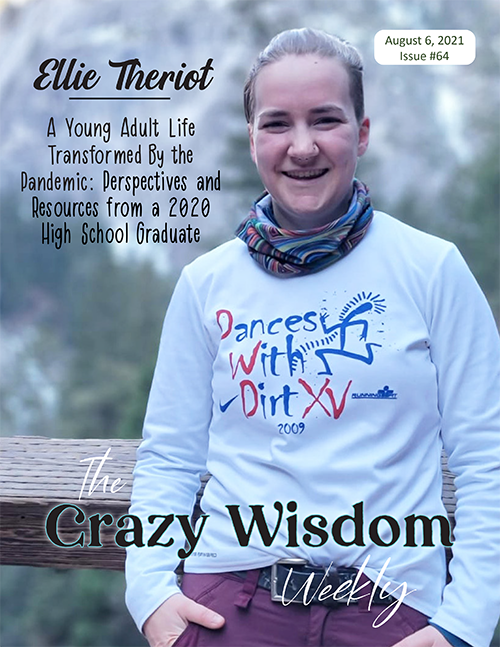
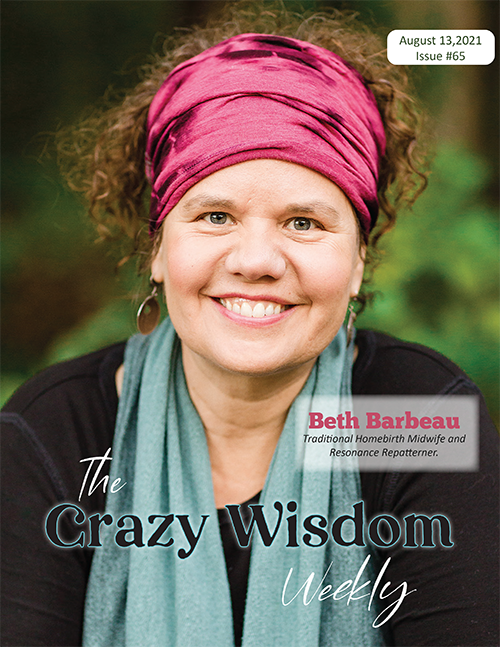
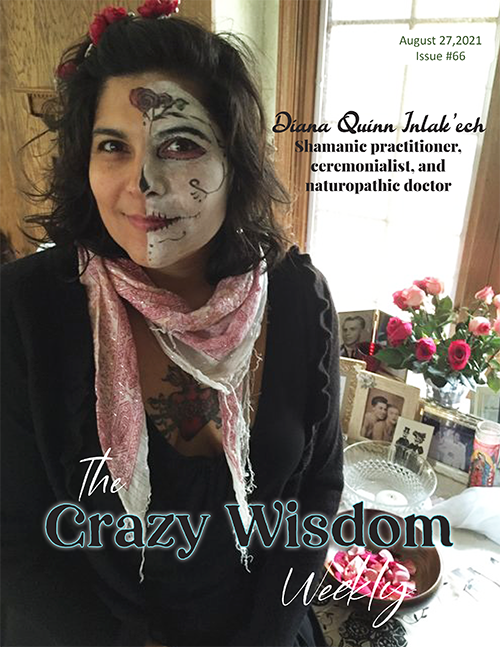
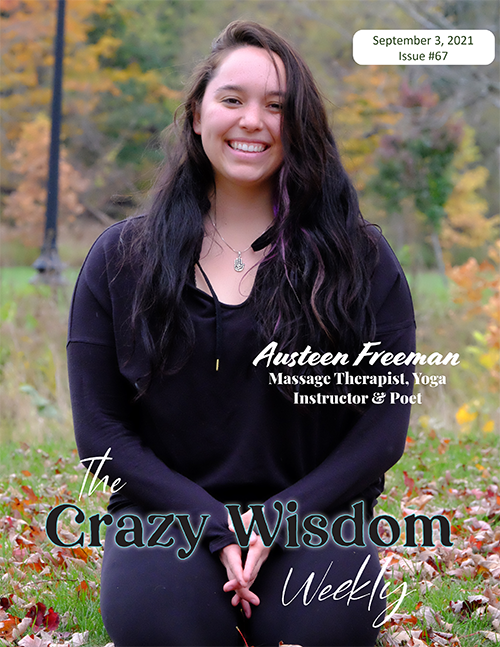
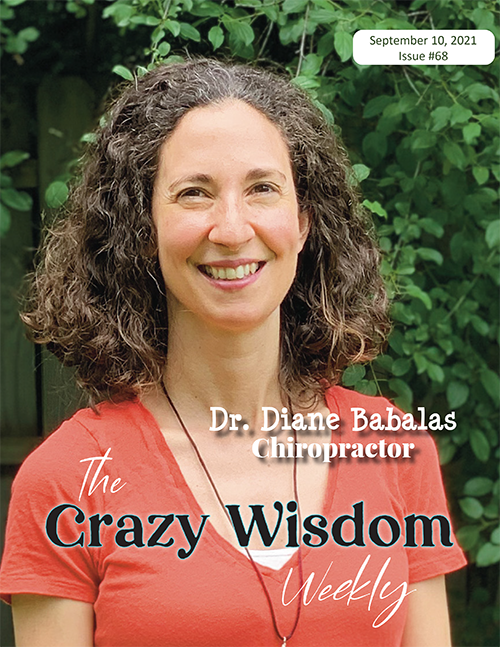
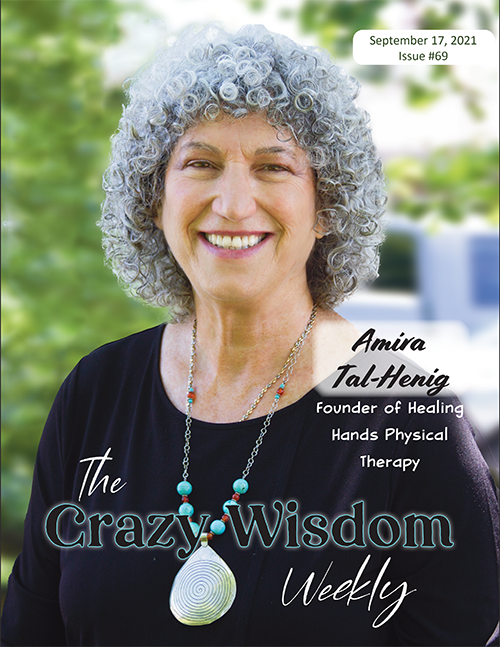
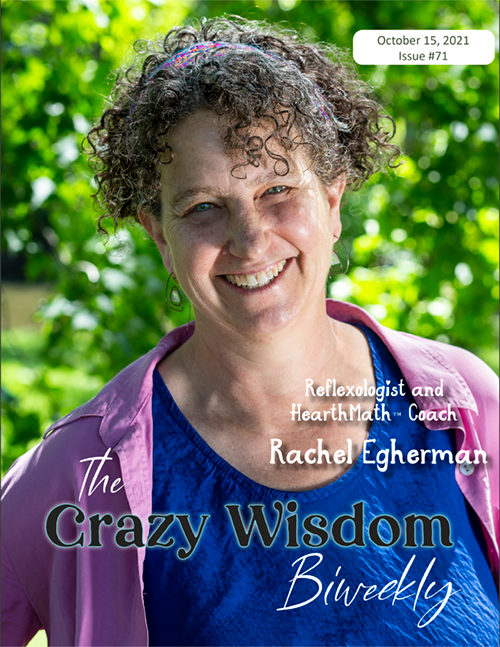

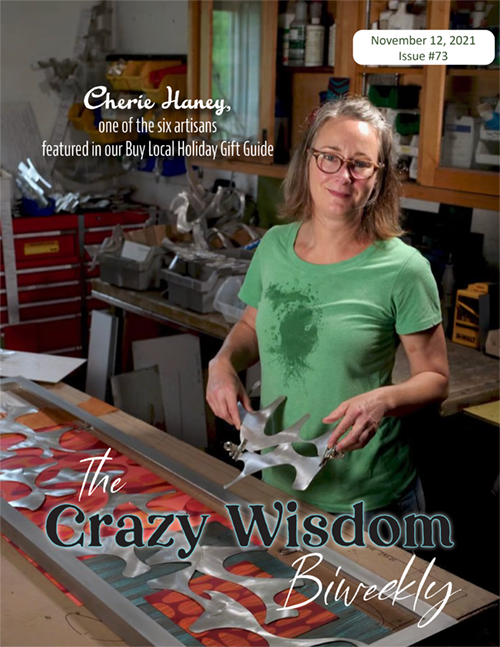
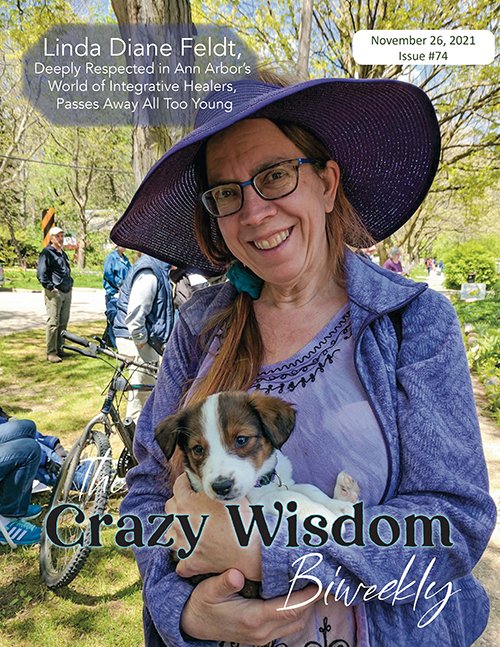
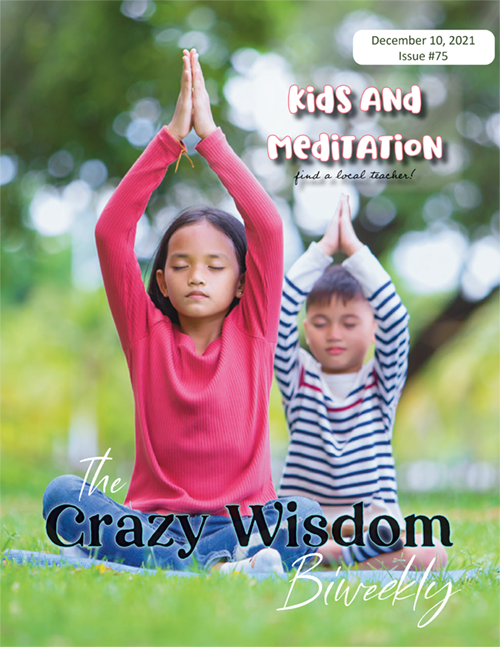


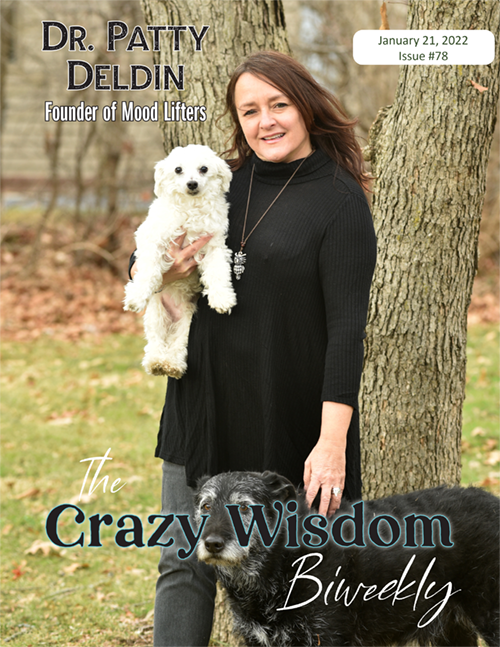
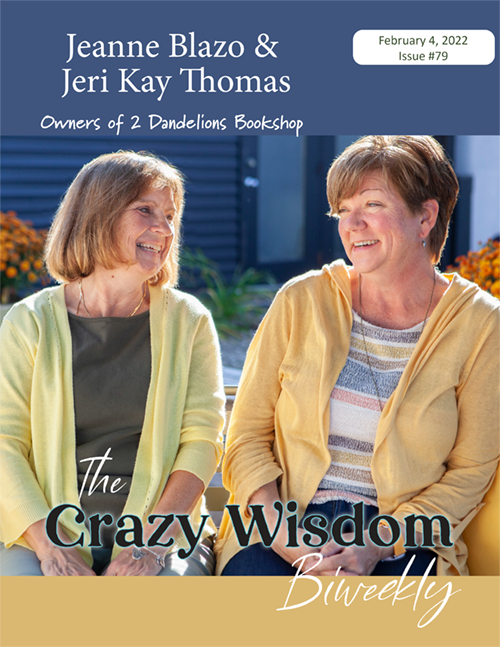
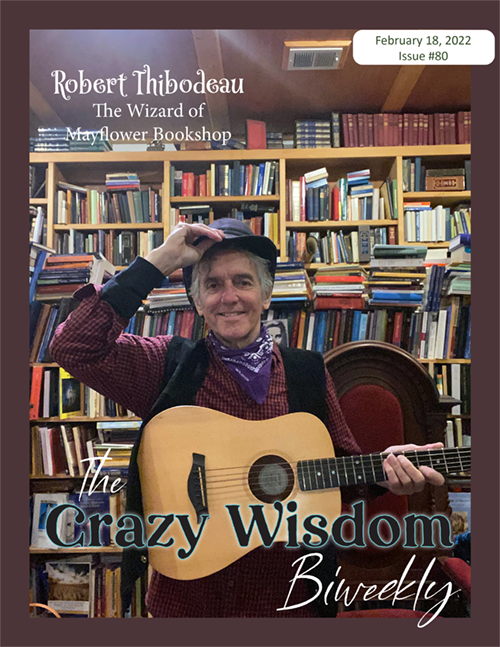
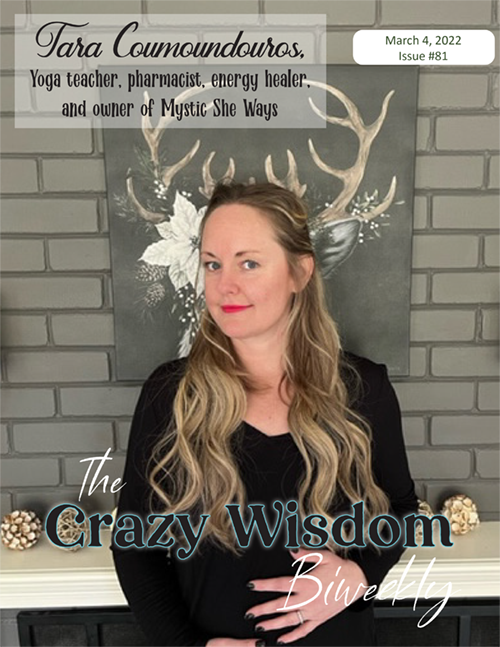
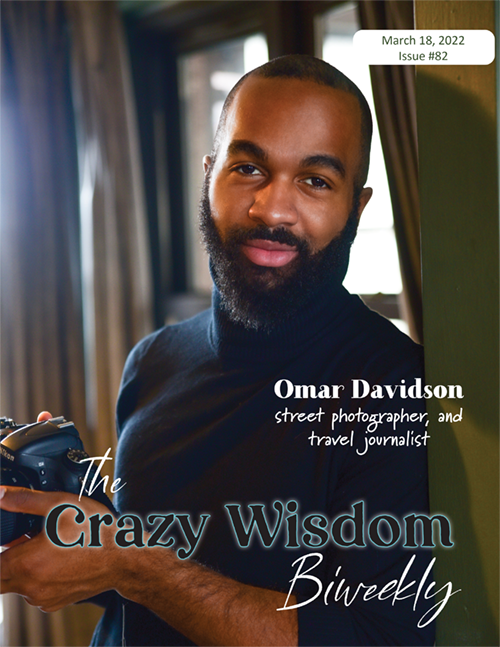
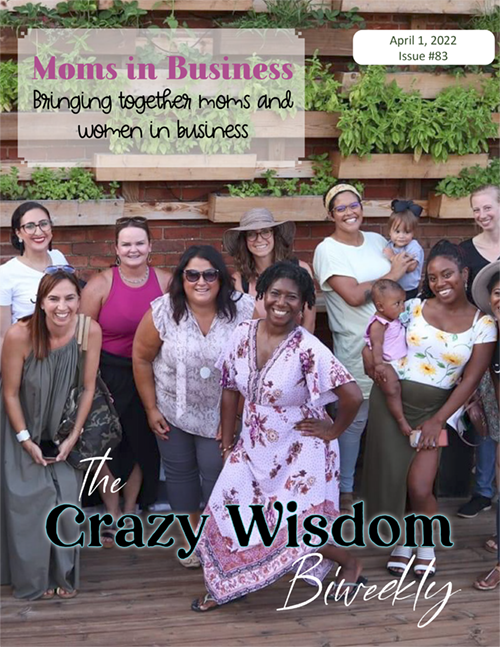
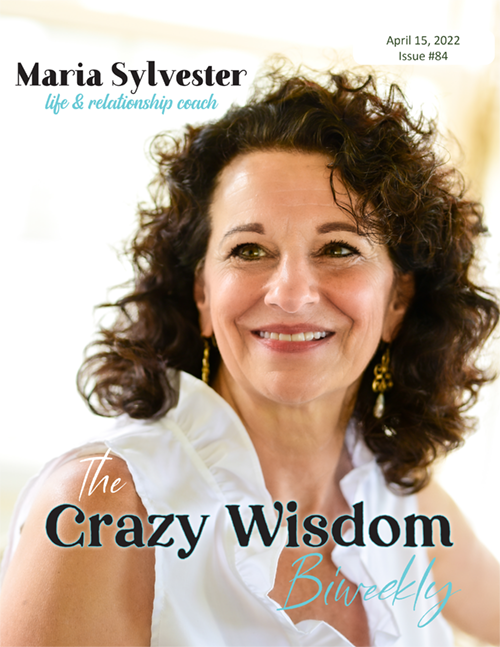
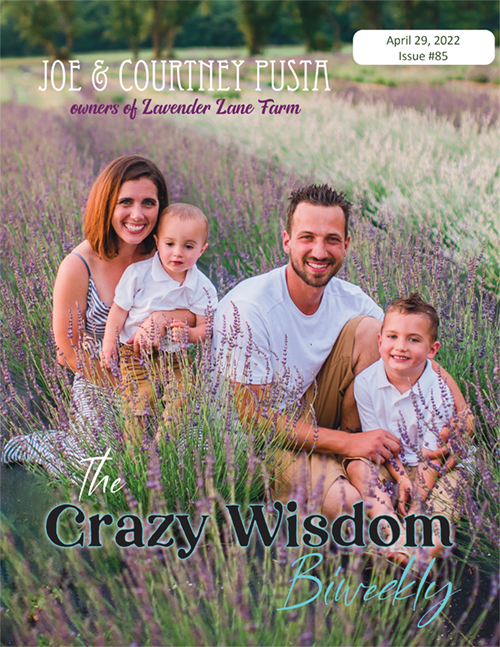
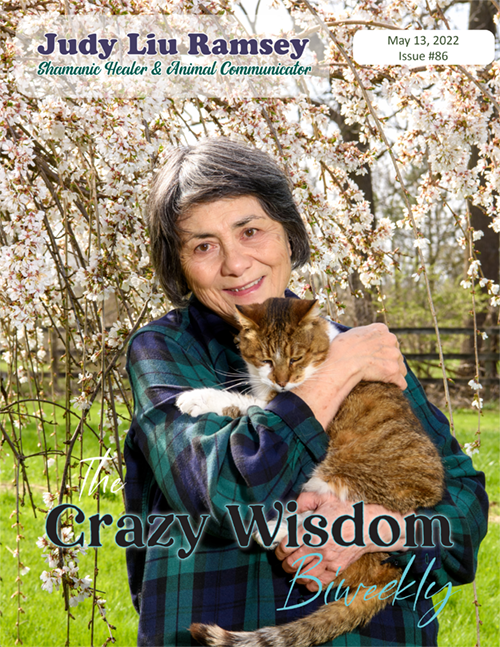
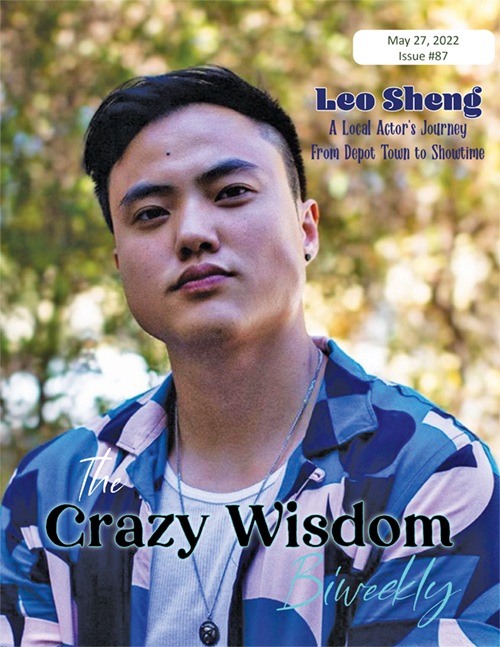
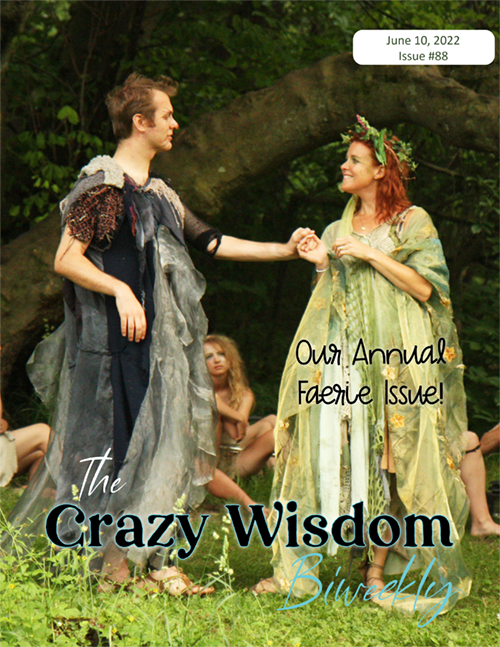


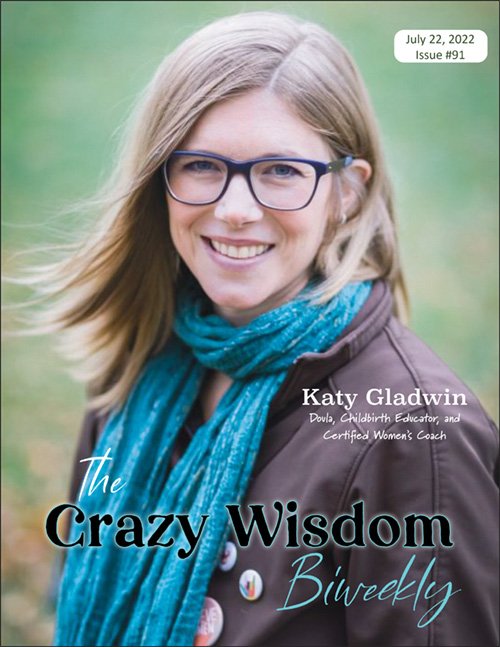
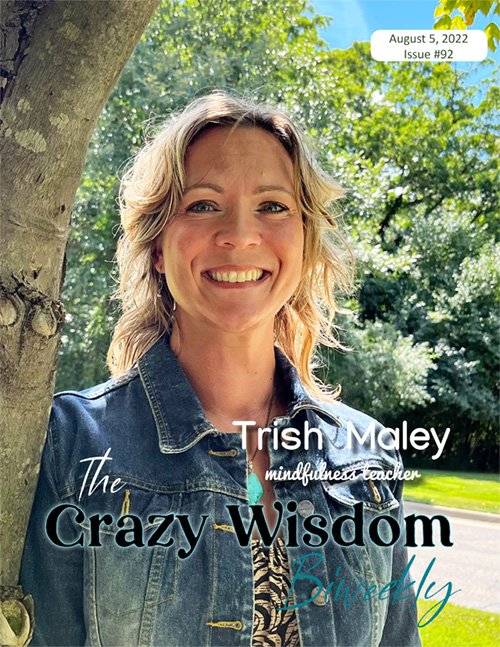
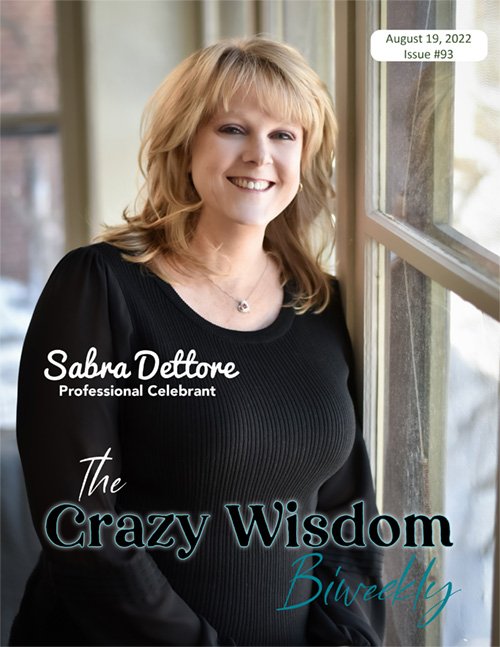
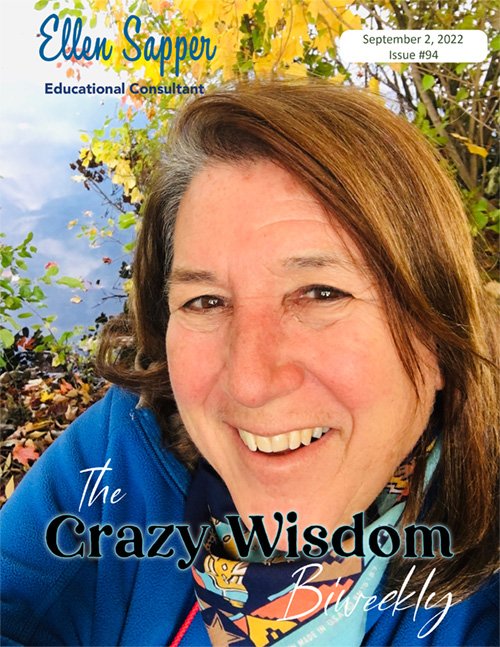
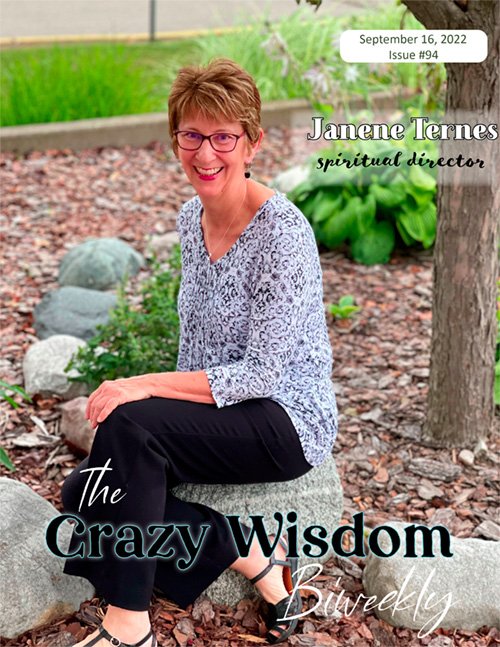
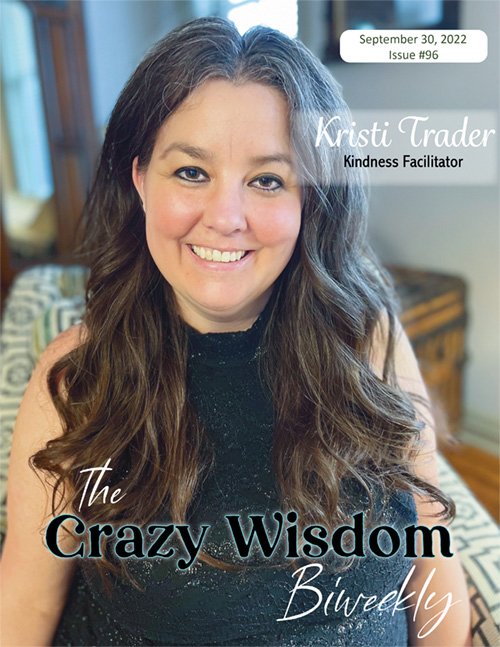
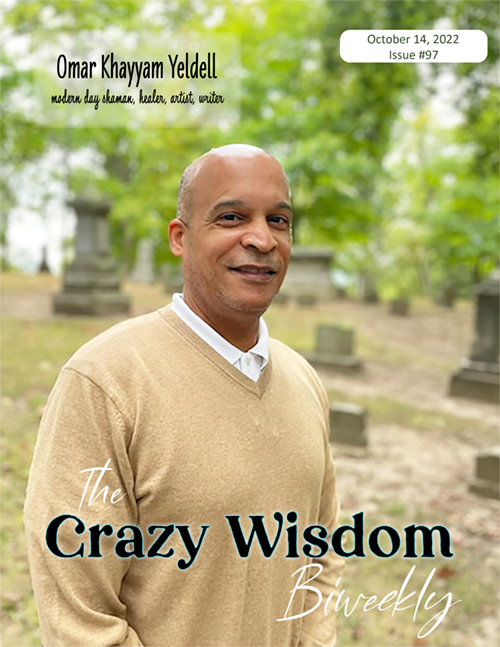

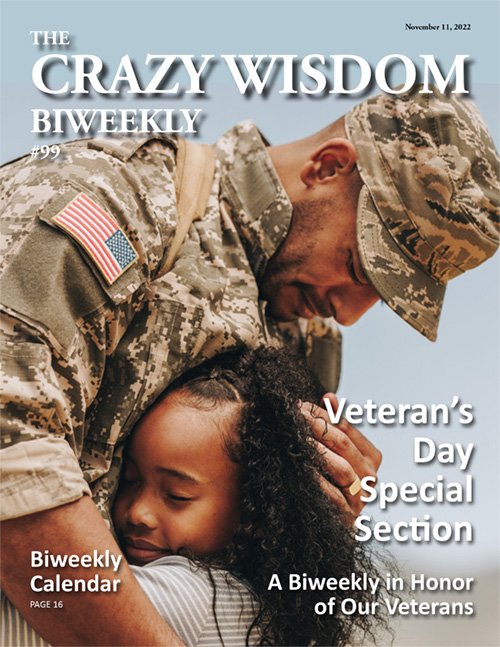
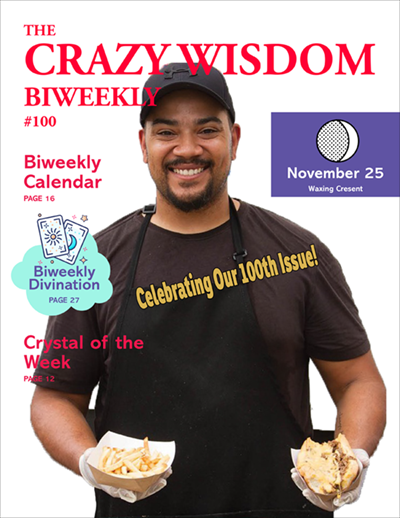

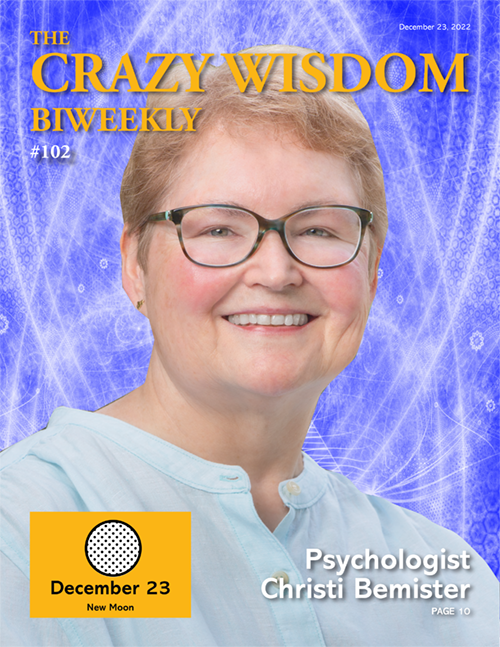

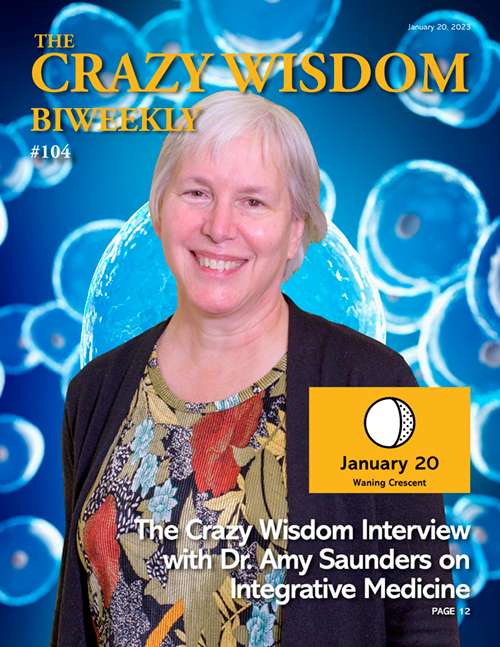



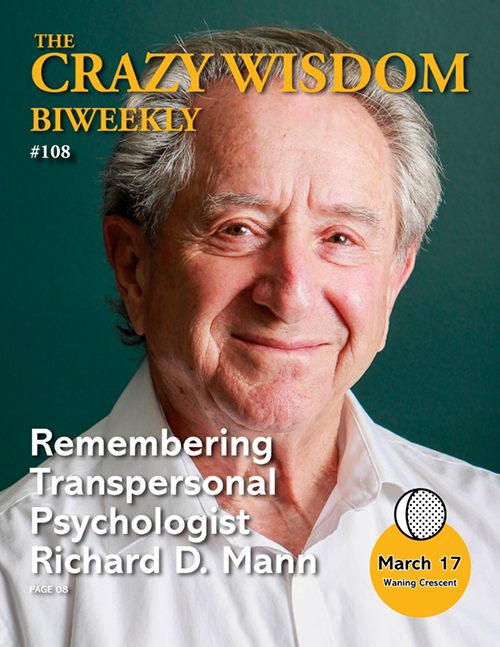
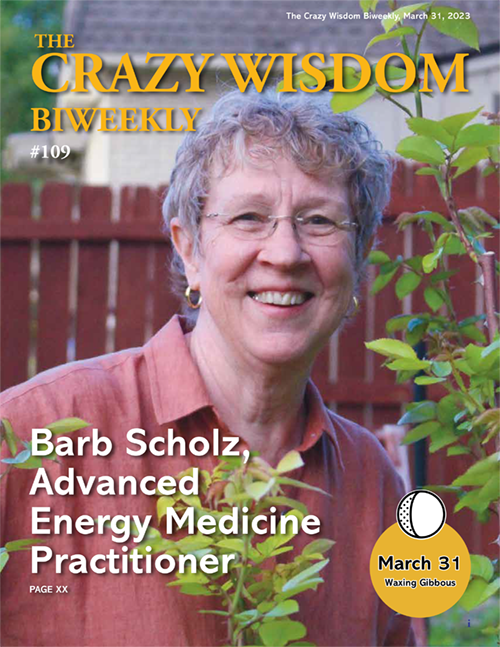
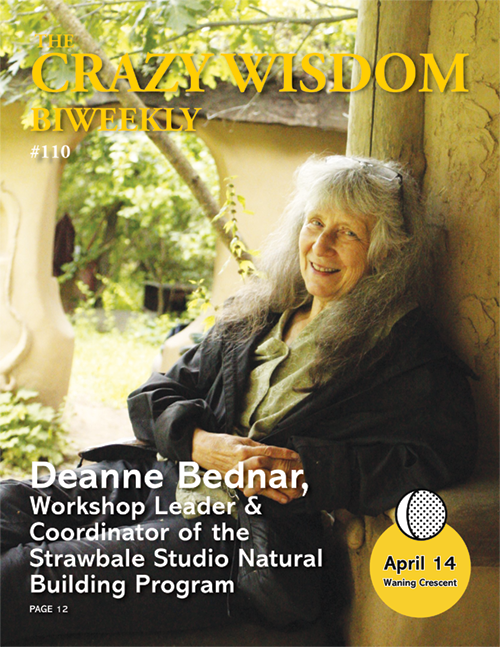
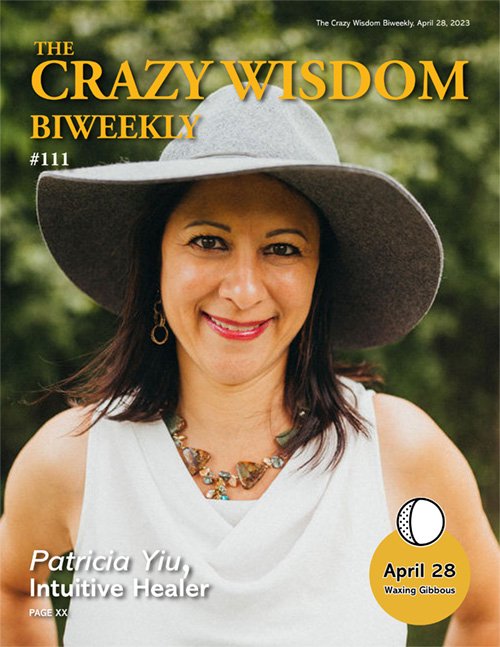
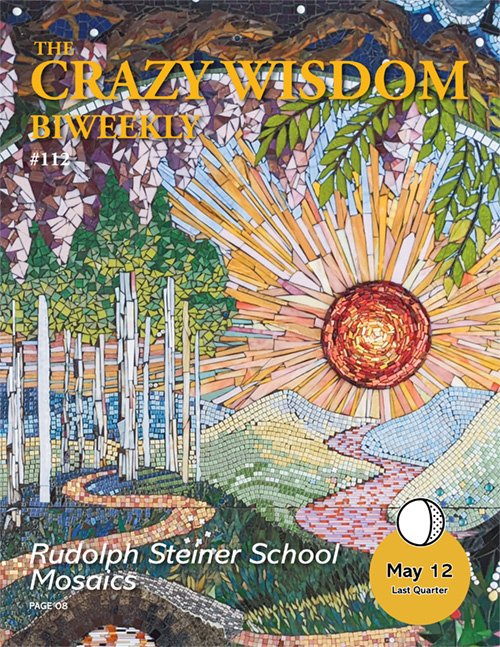
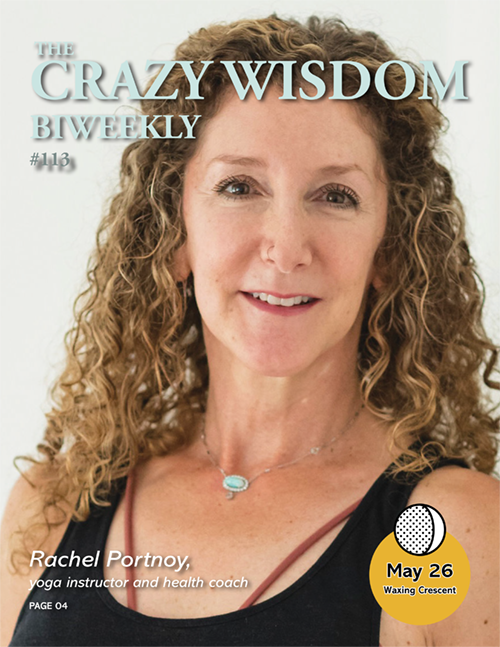
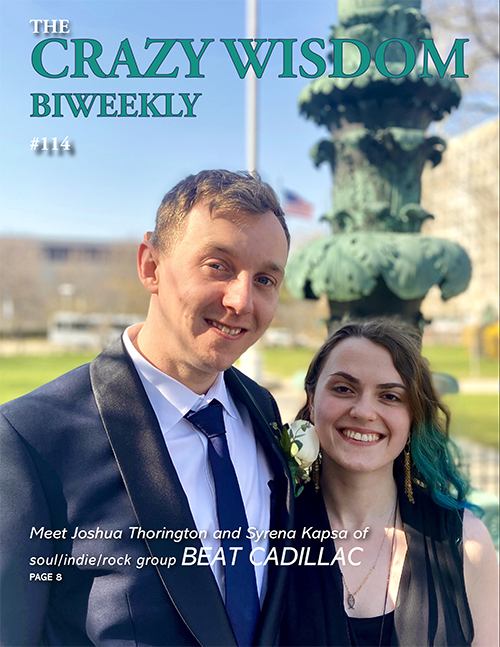
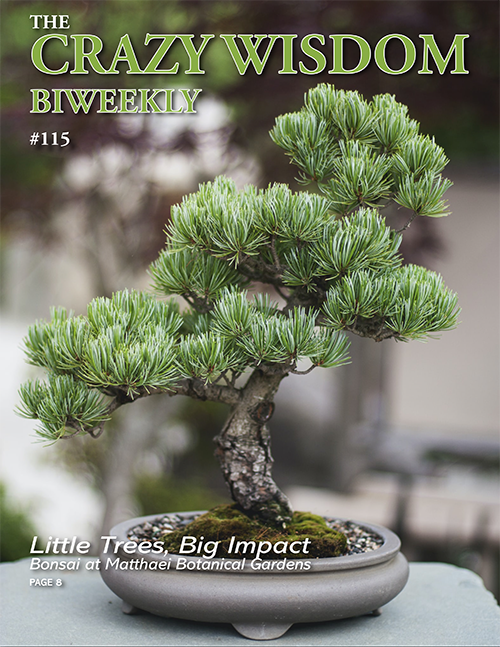
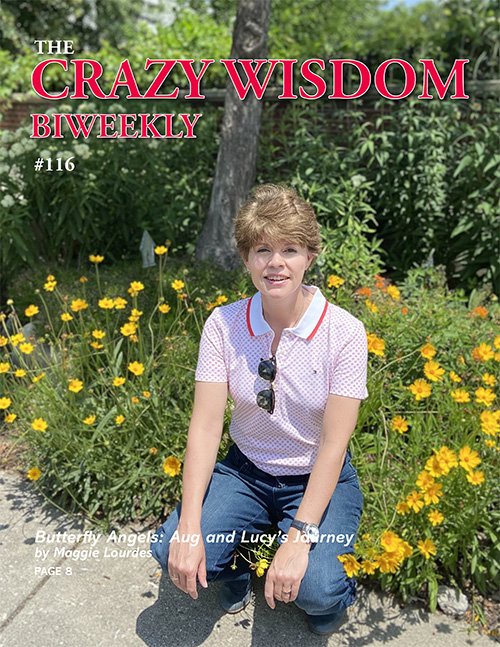
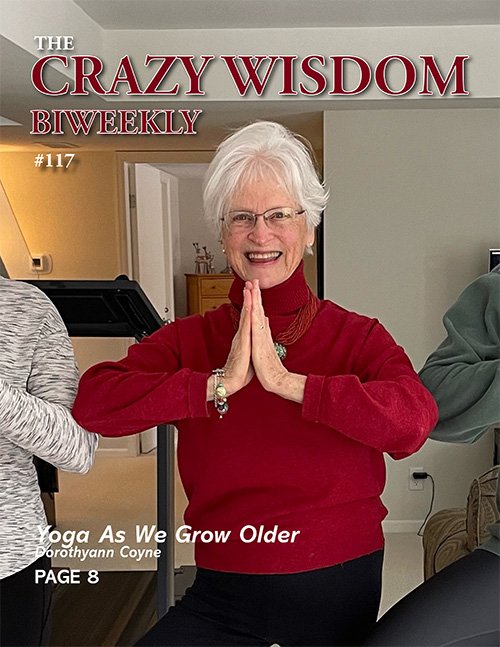
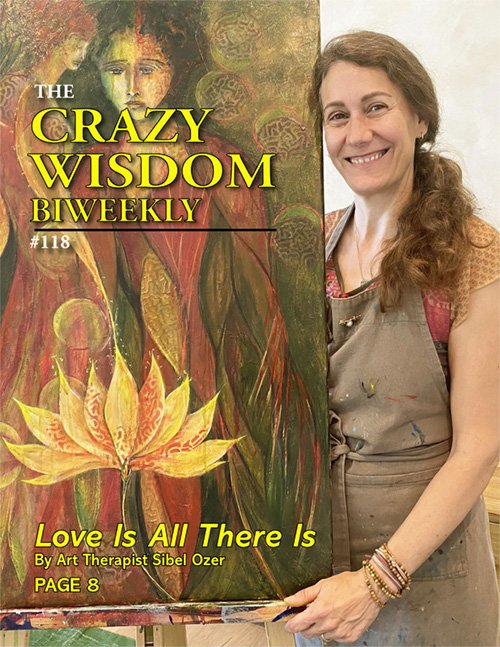
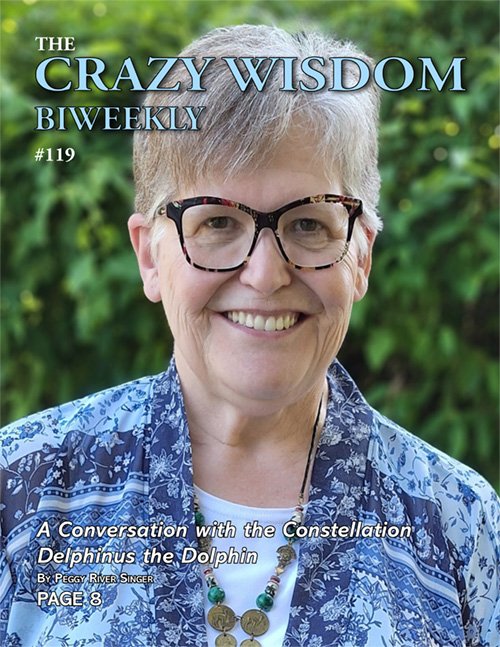
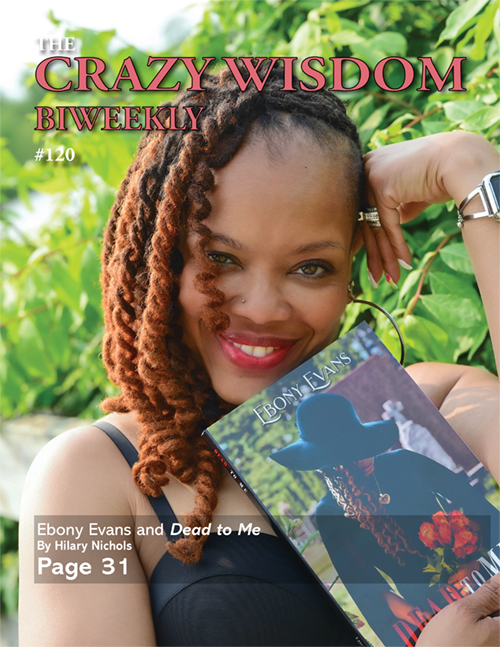
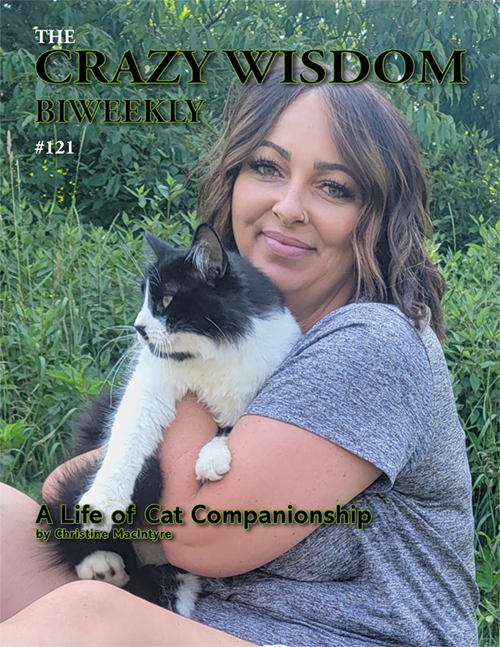
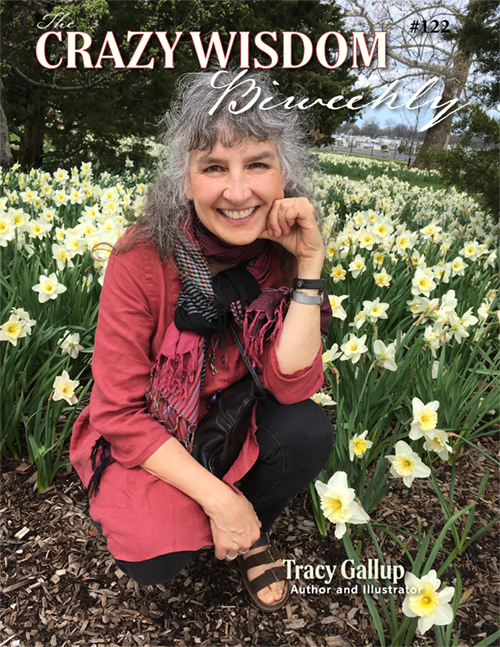
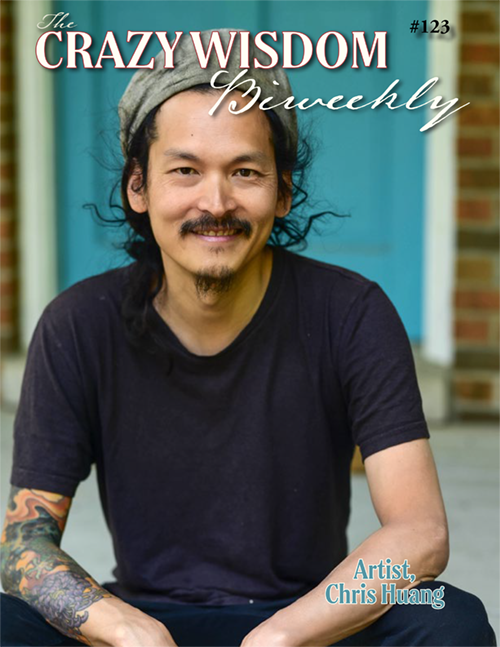

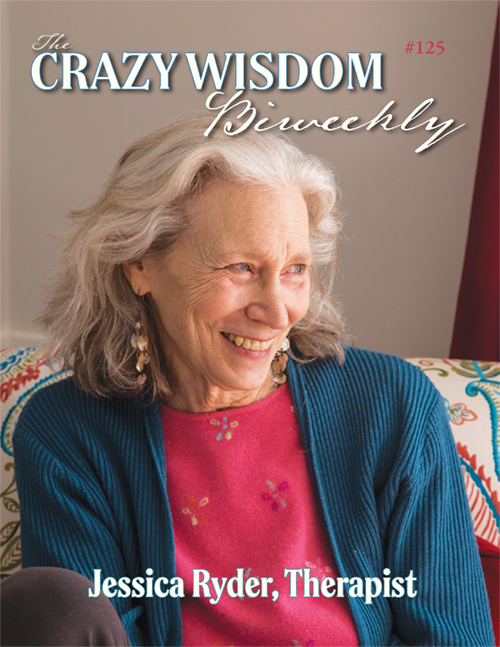

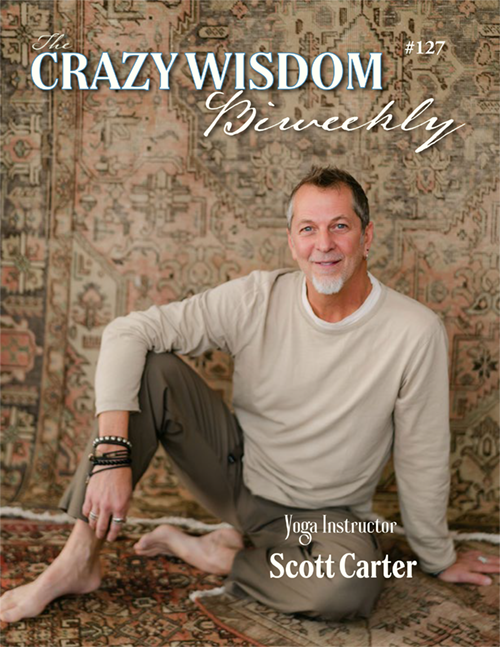

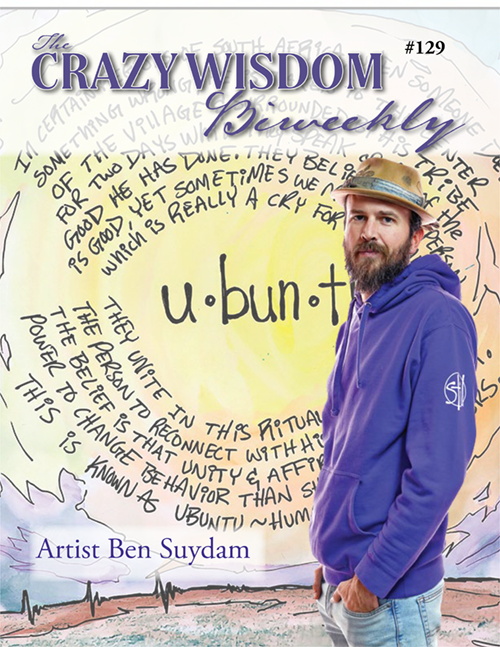
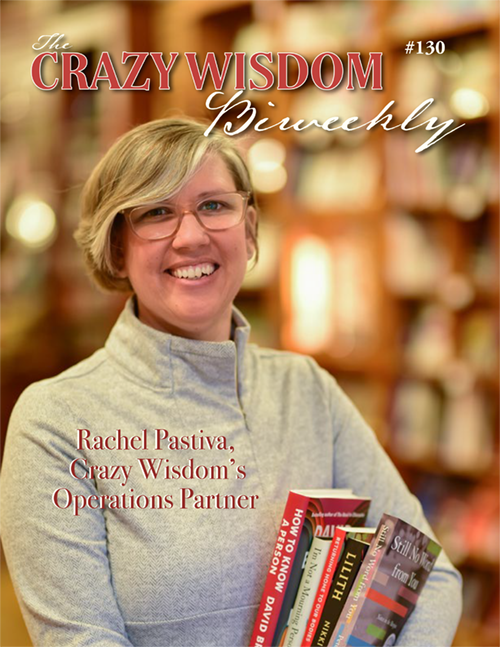
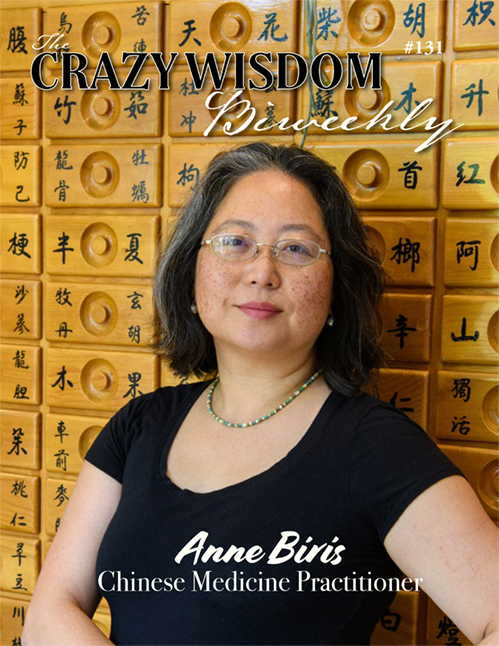
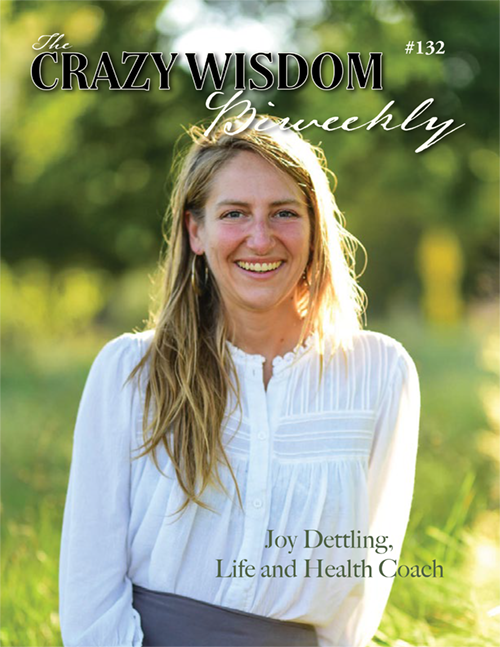
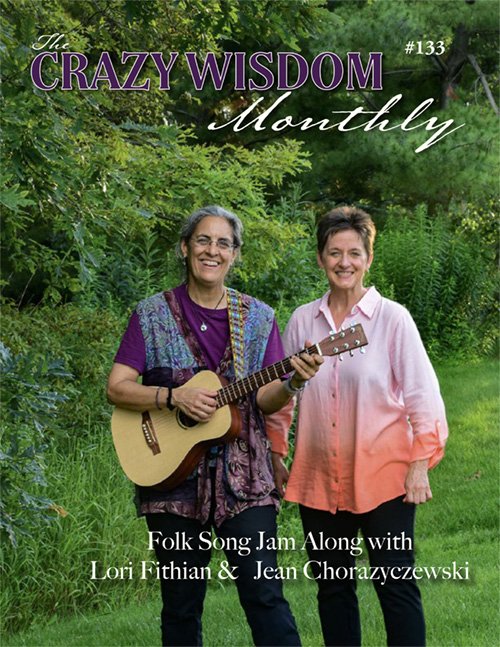


















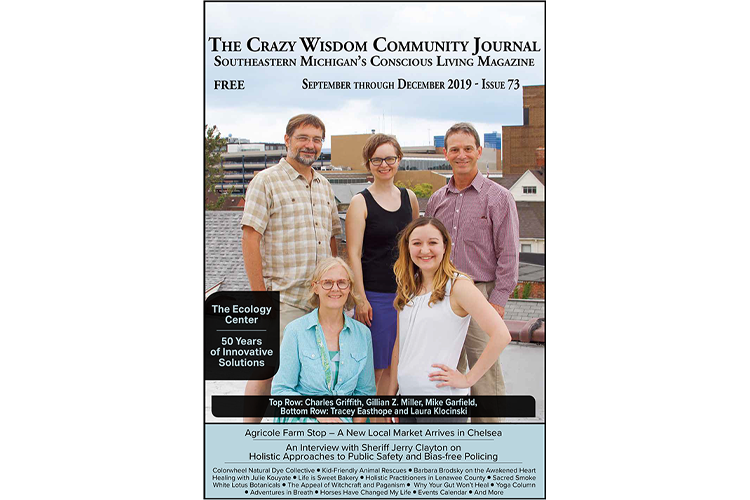
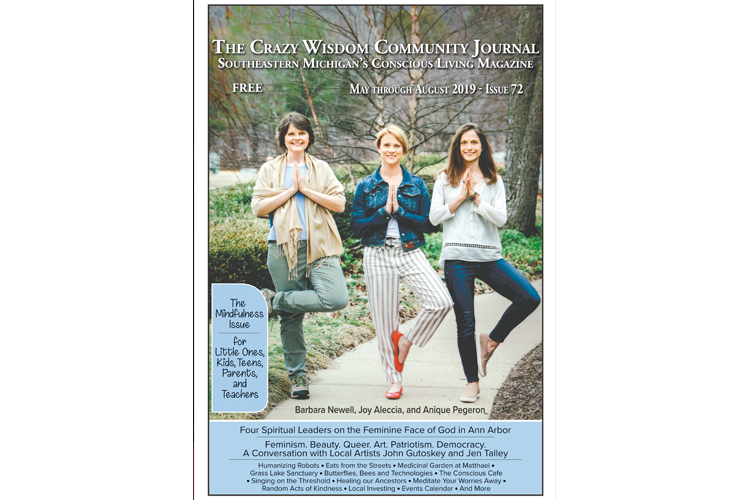
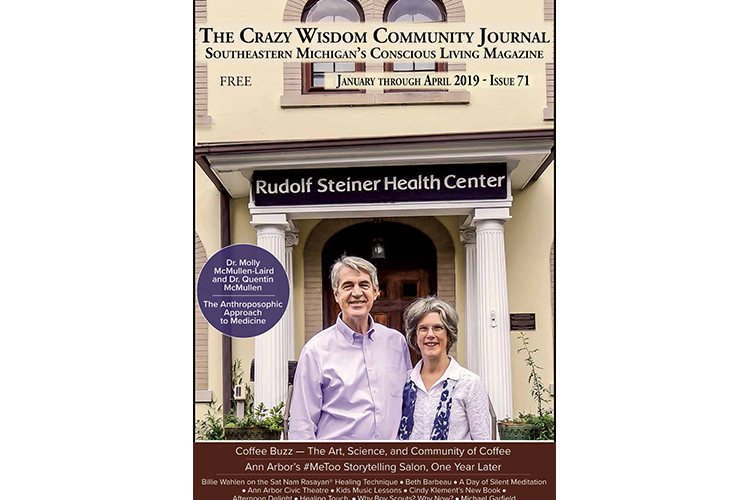
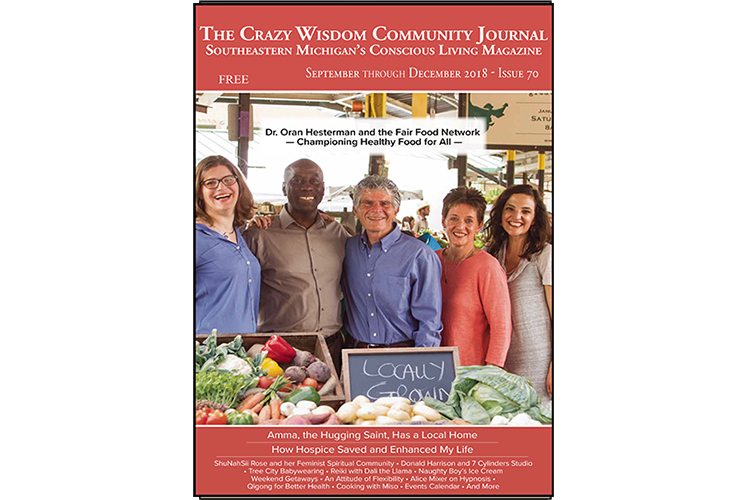
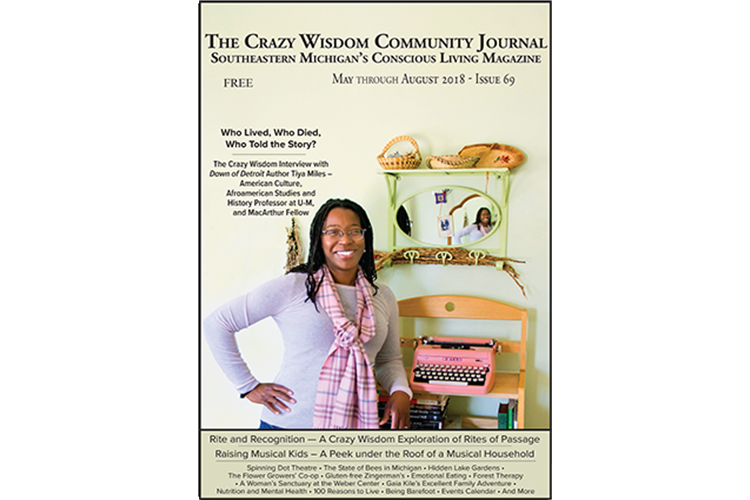

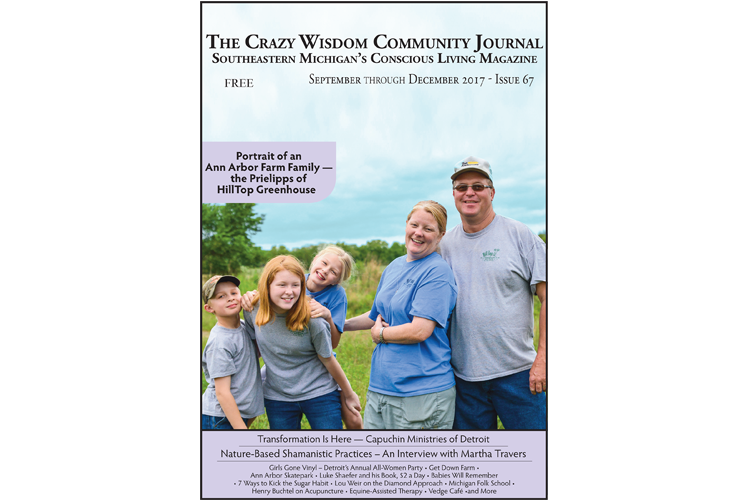
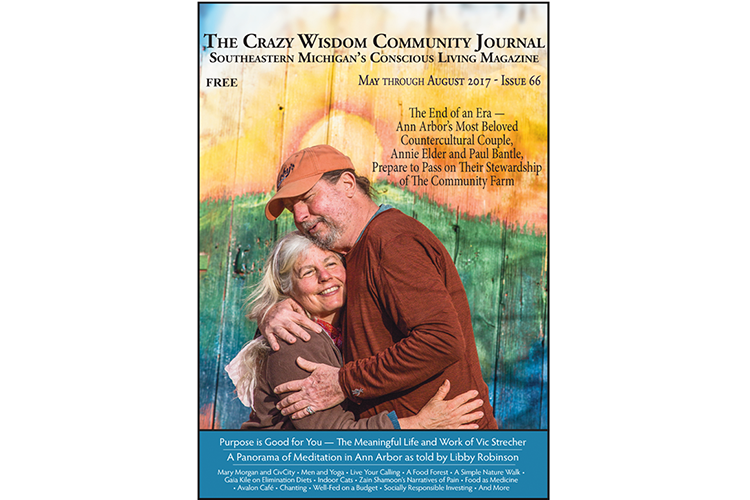
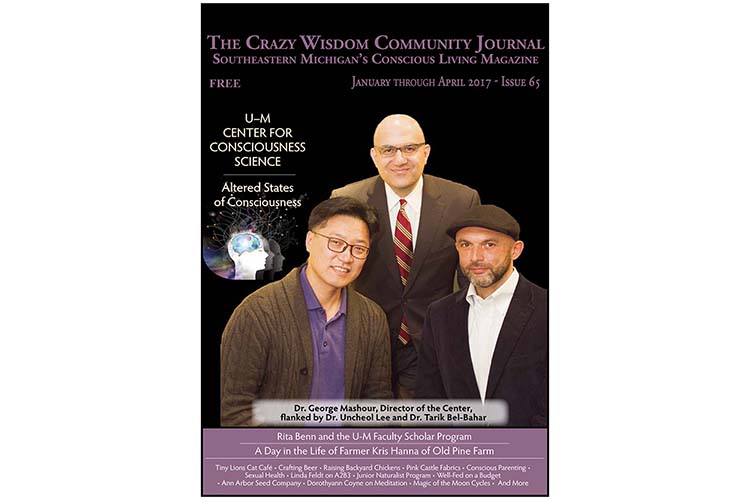
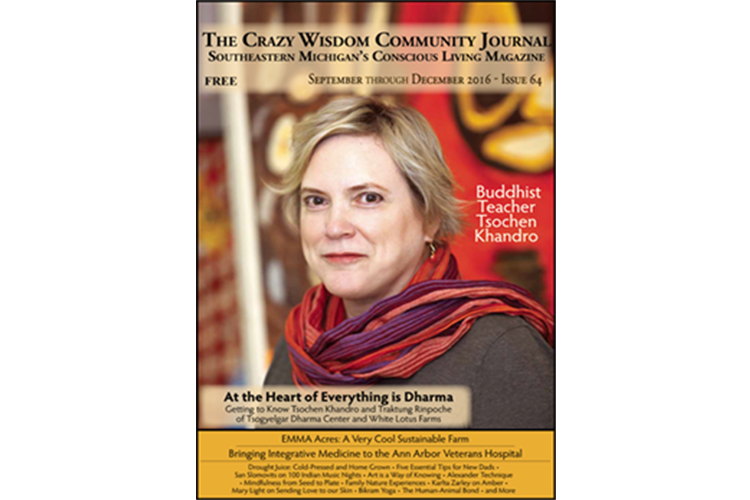
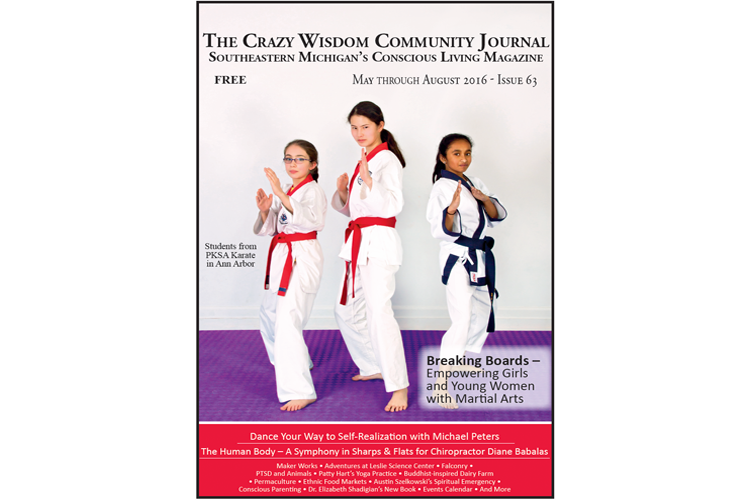





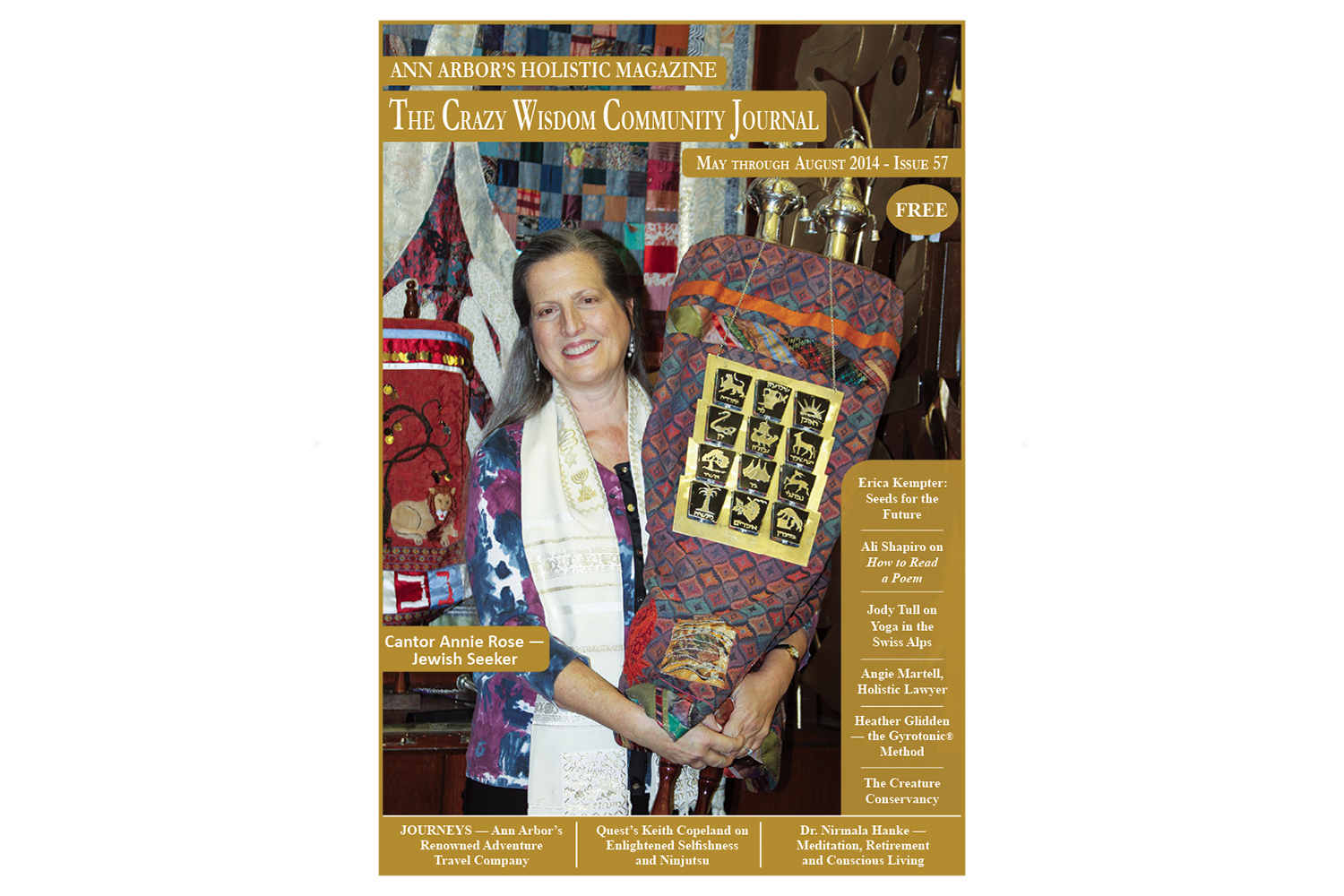
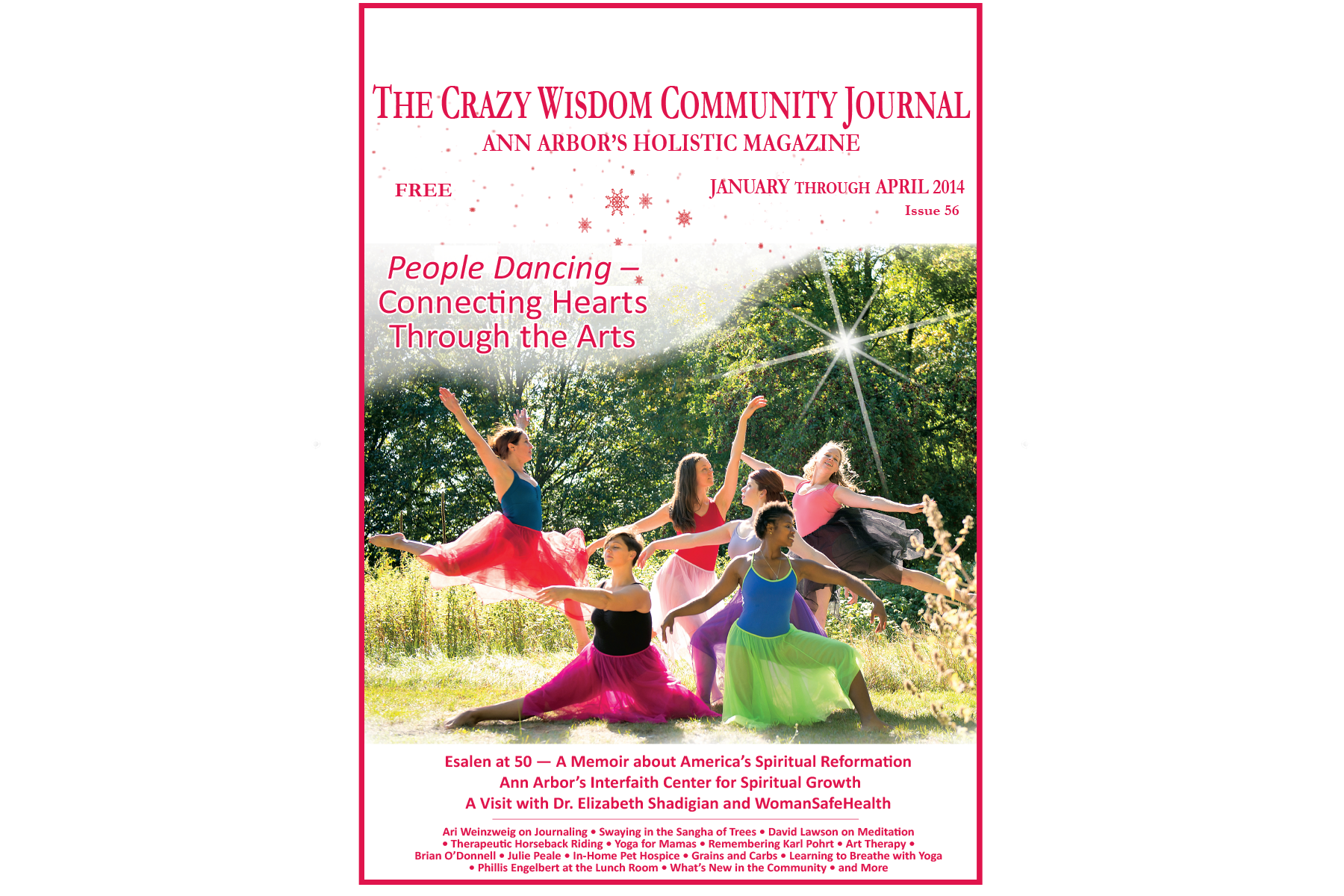

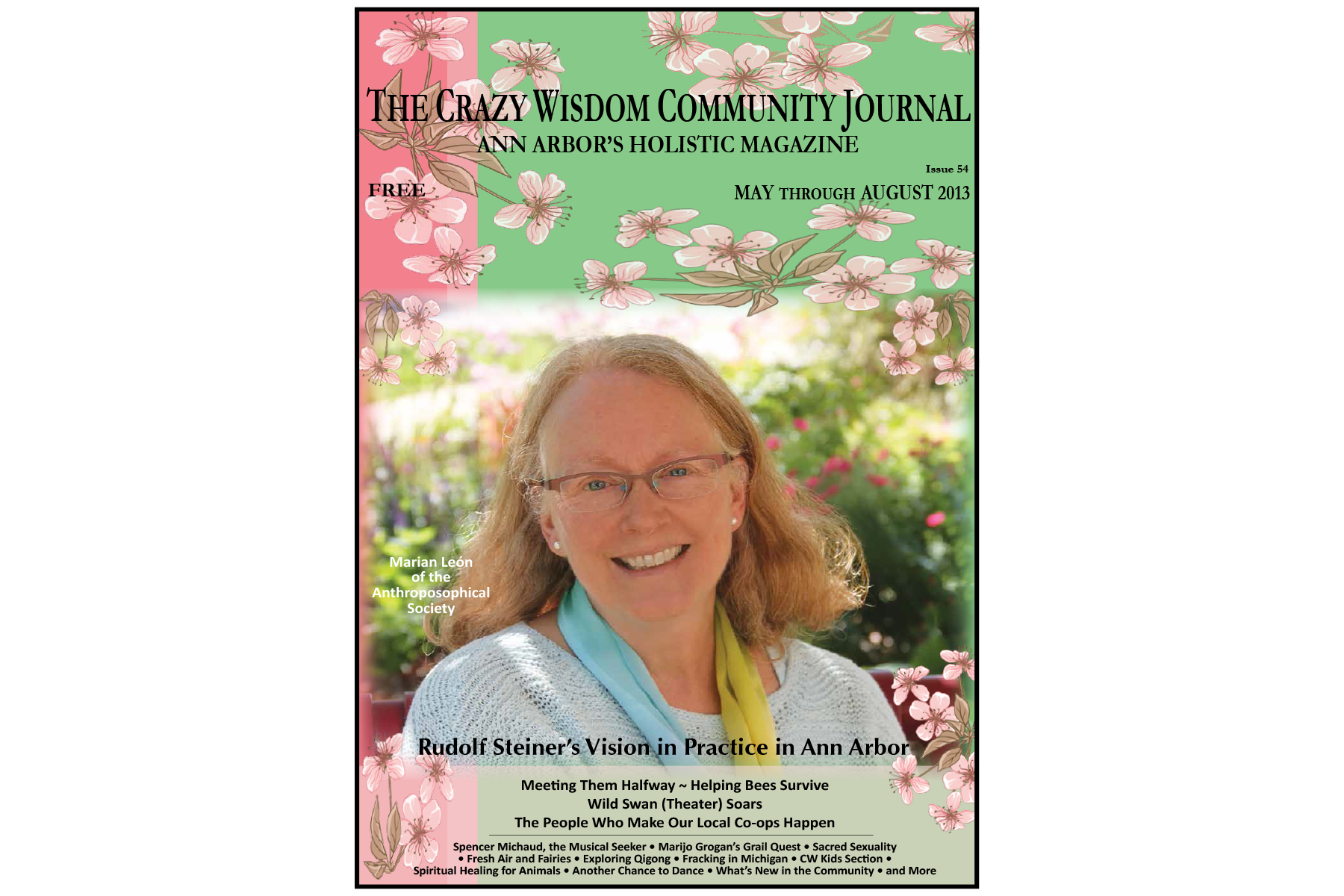
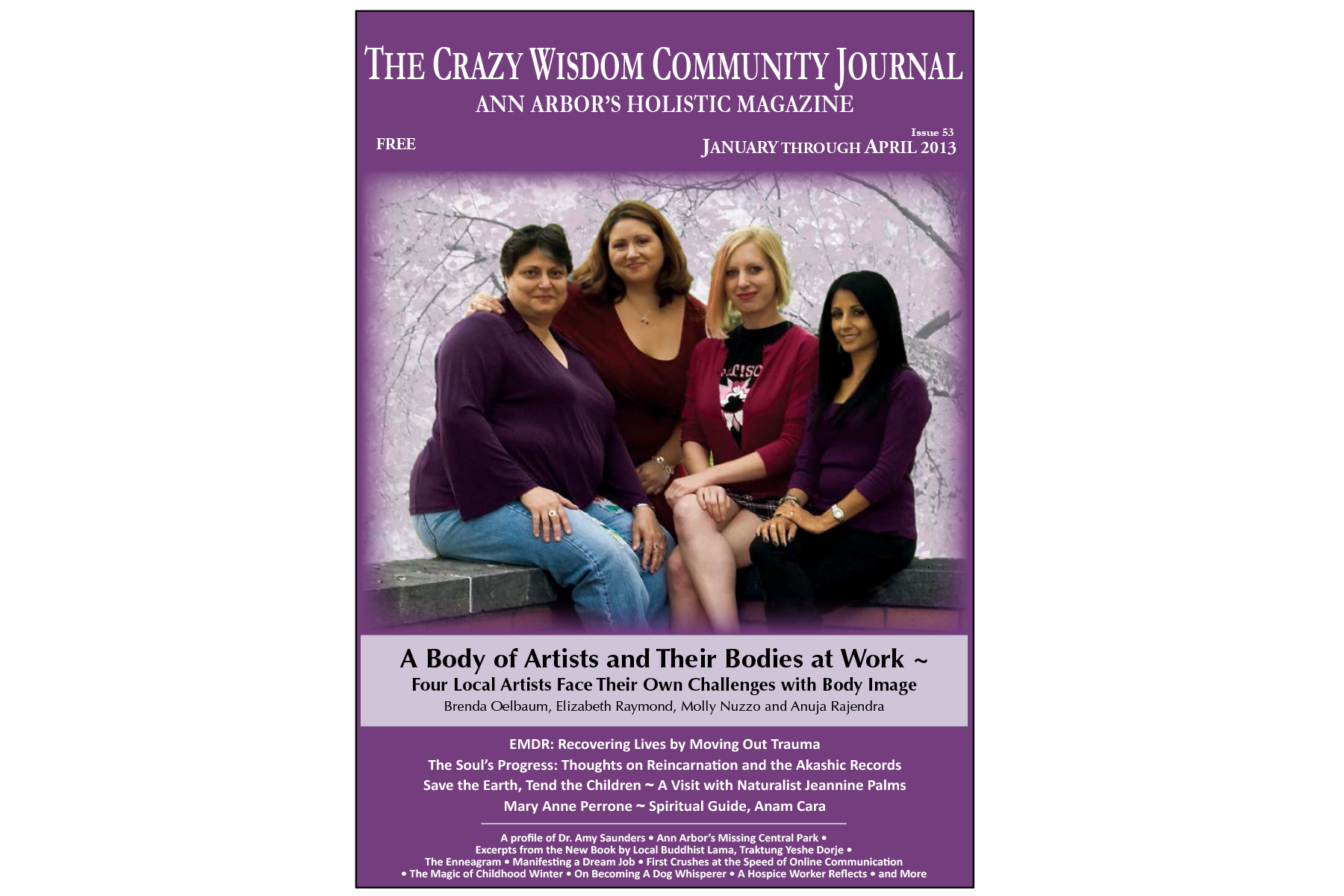
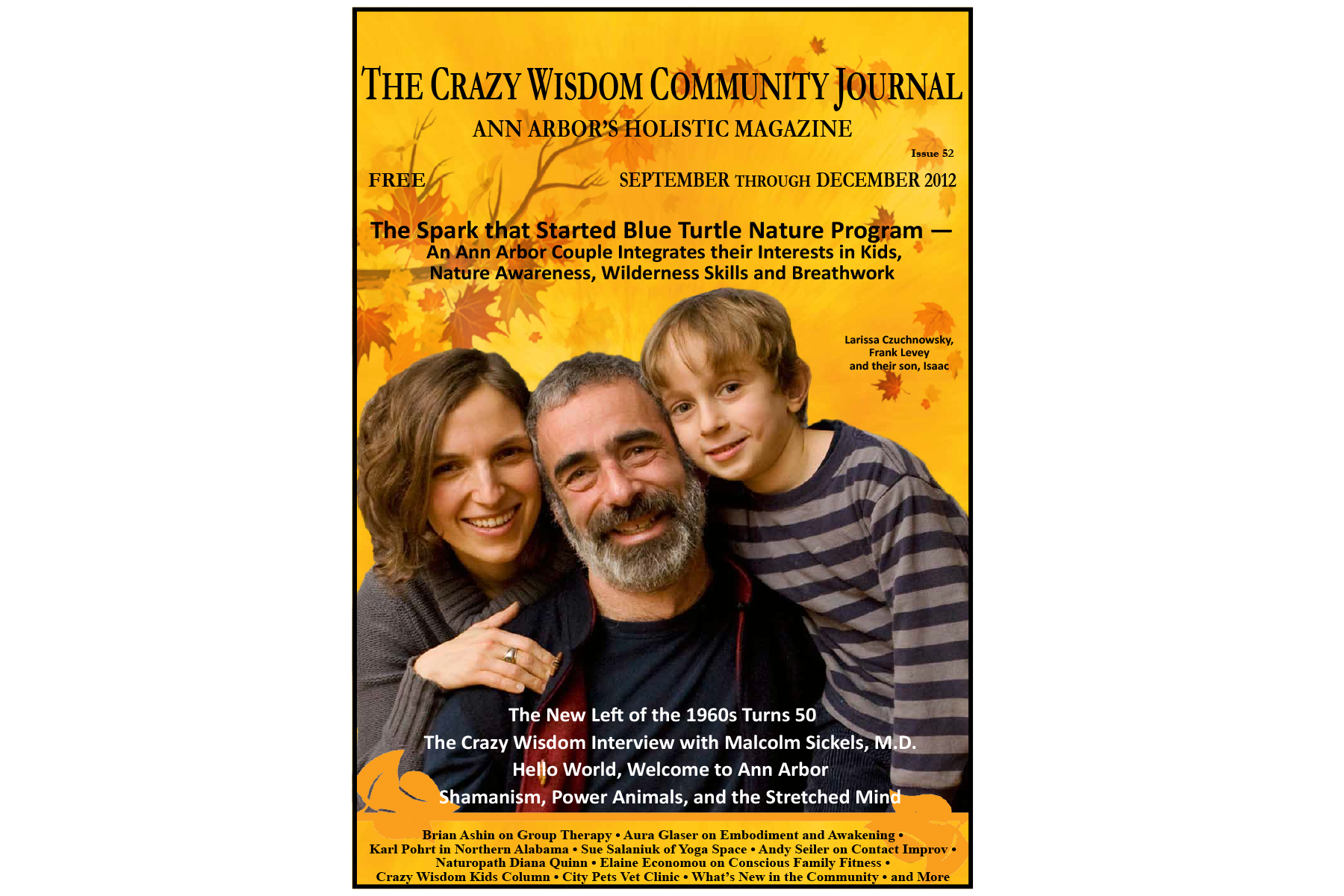
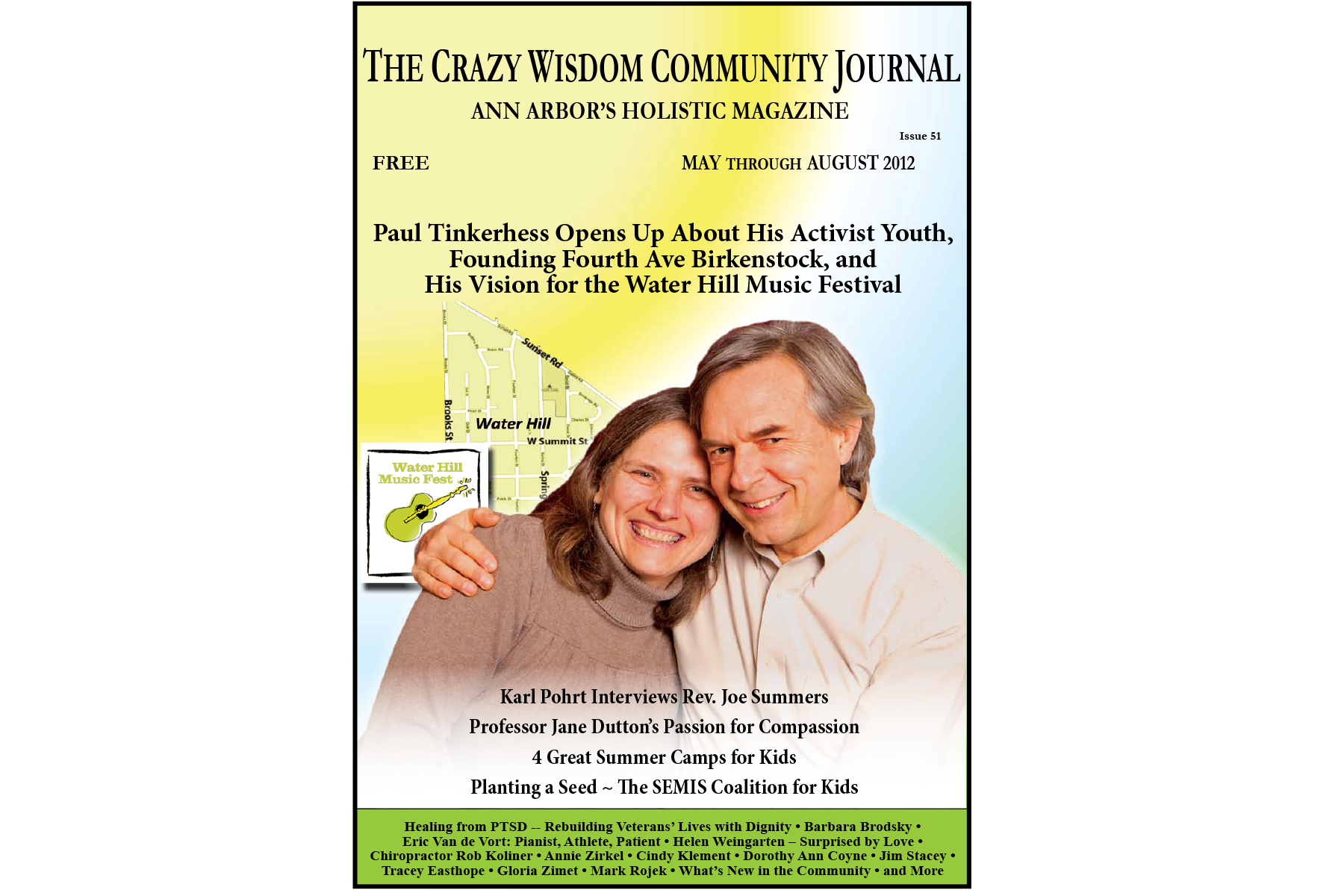

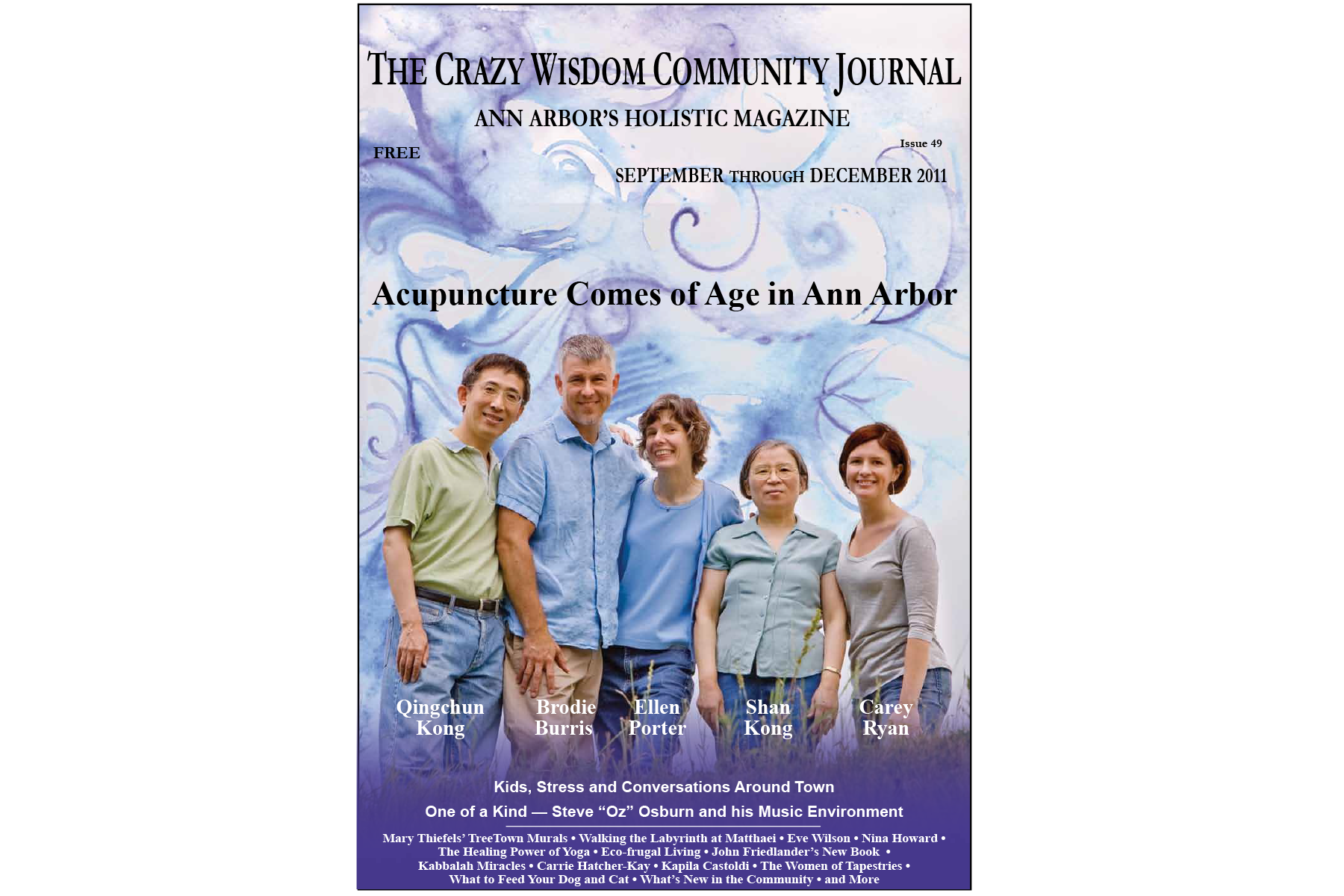
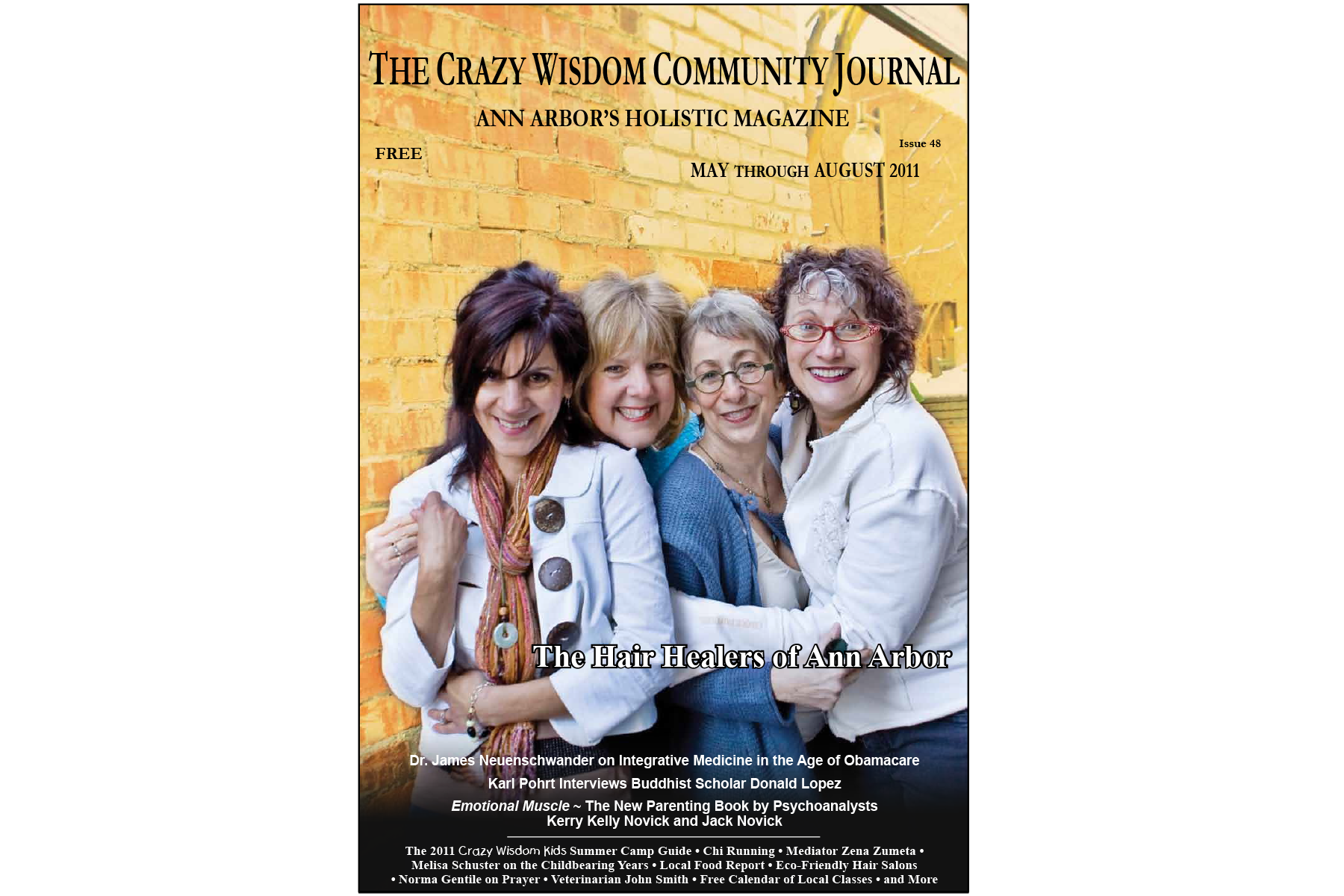

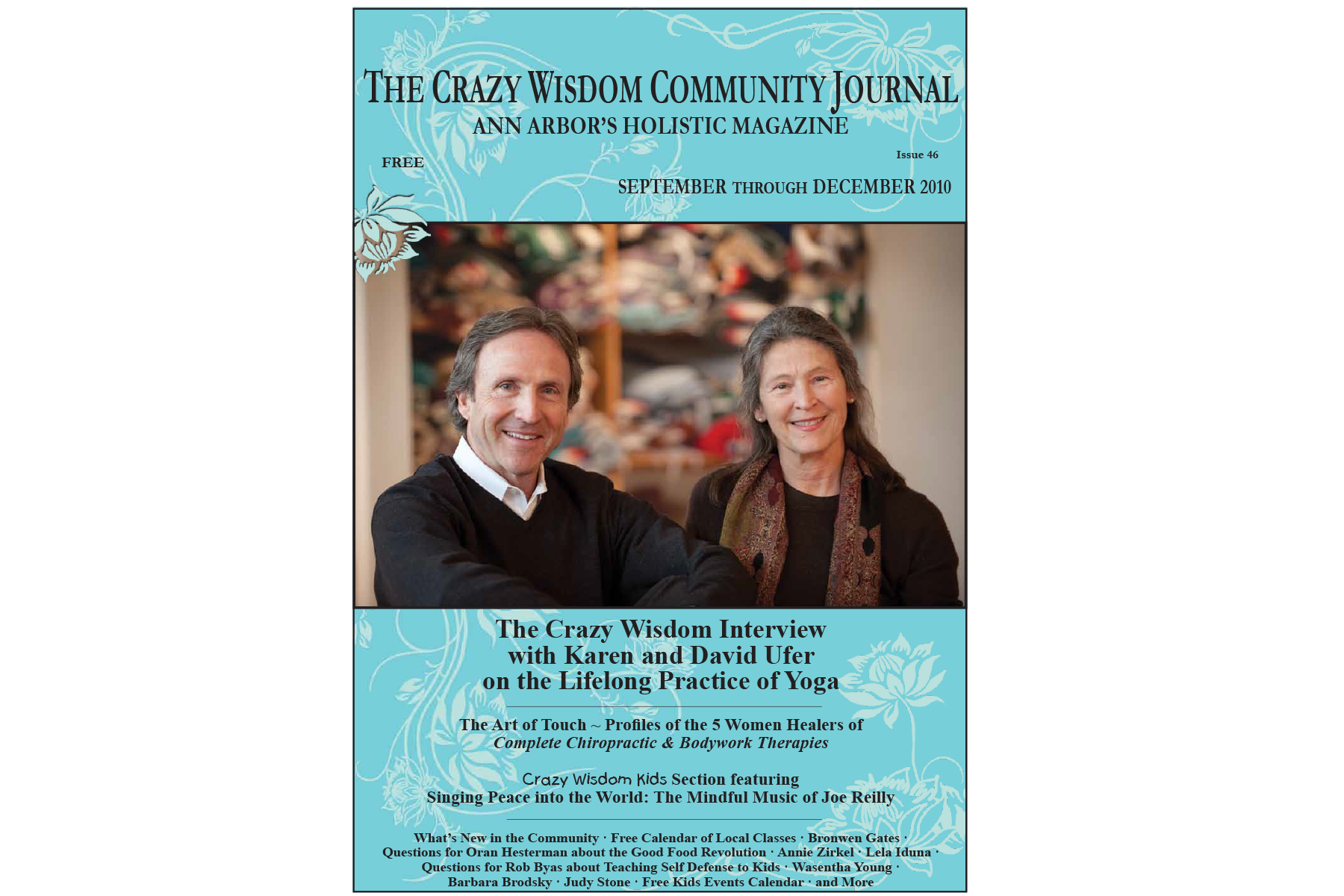
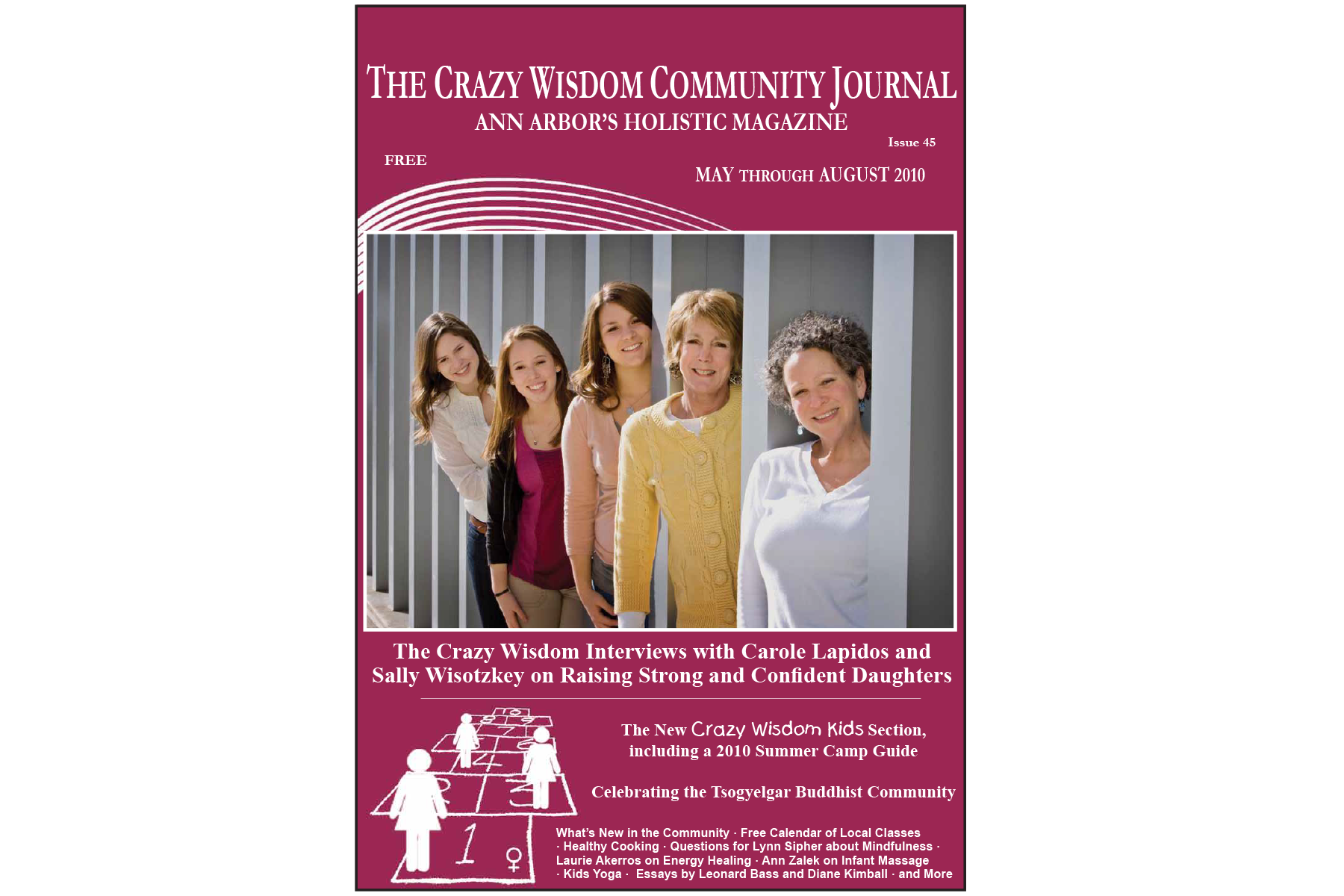
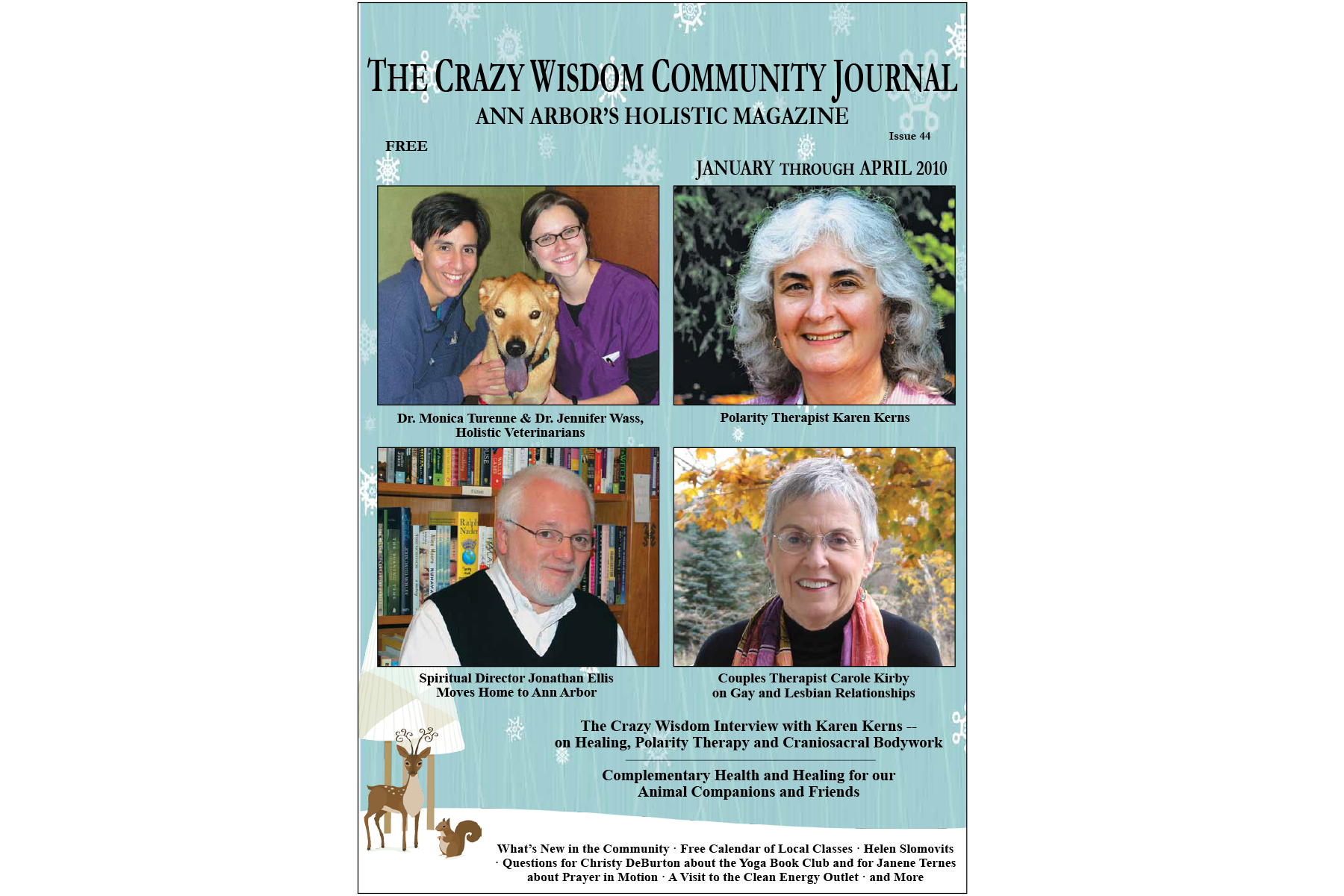



Living on a farm in Chelsea, Ramsey’s journey from community developer and social worker to shamanic practitioner and animal chaplain exemplifies an authentic evolution of one’s unfolding of identity, own healing, and epiphany in recognizing one’s place within the actual world contrary to the confines and misperceptions of society.